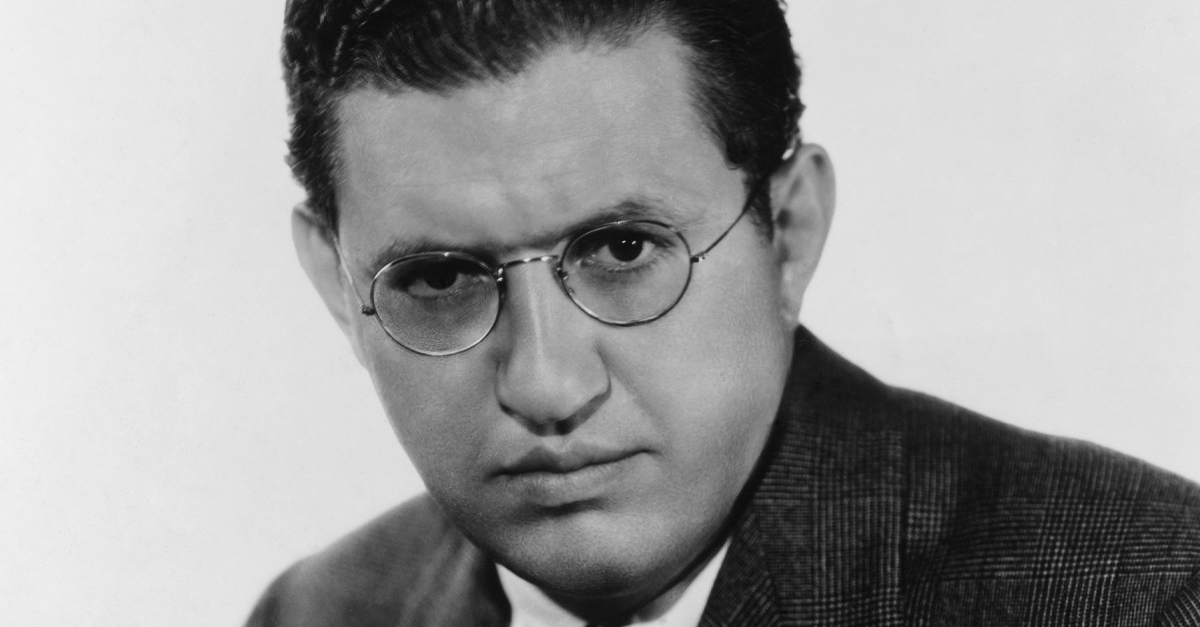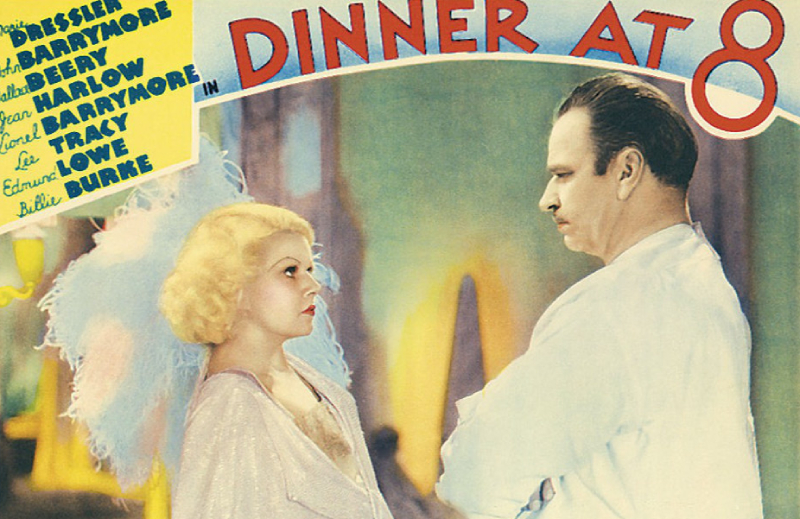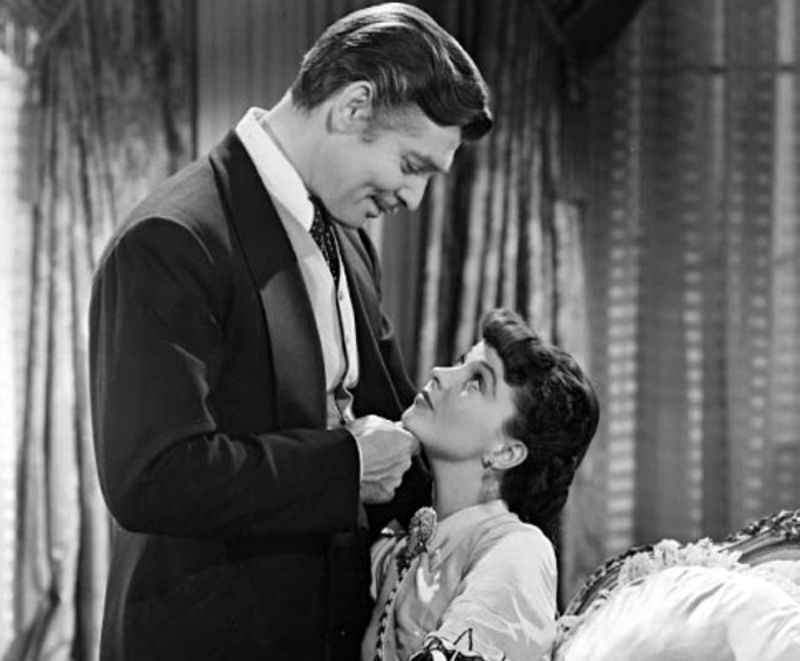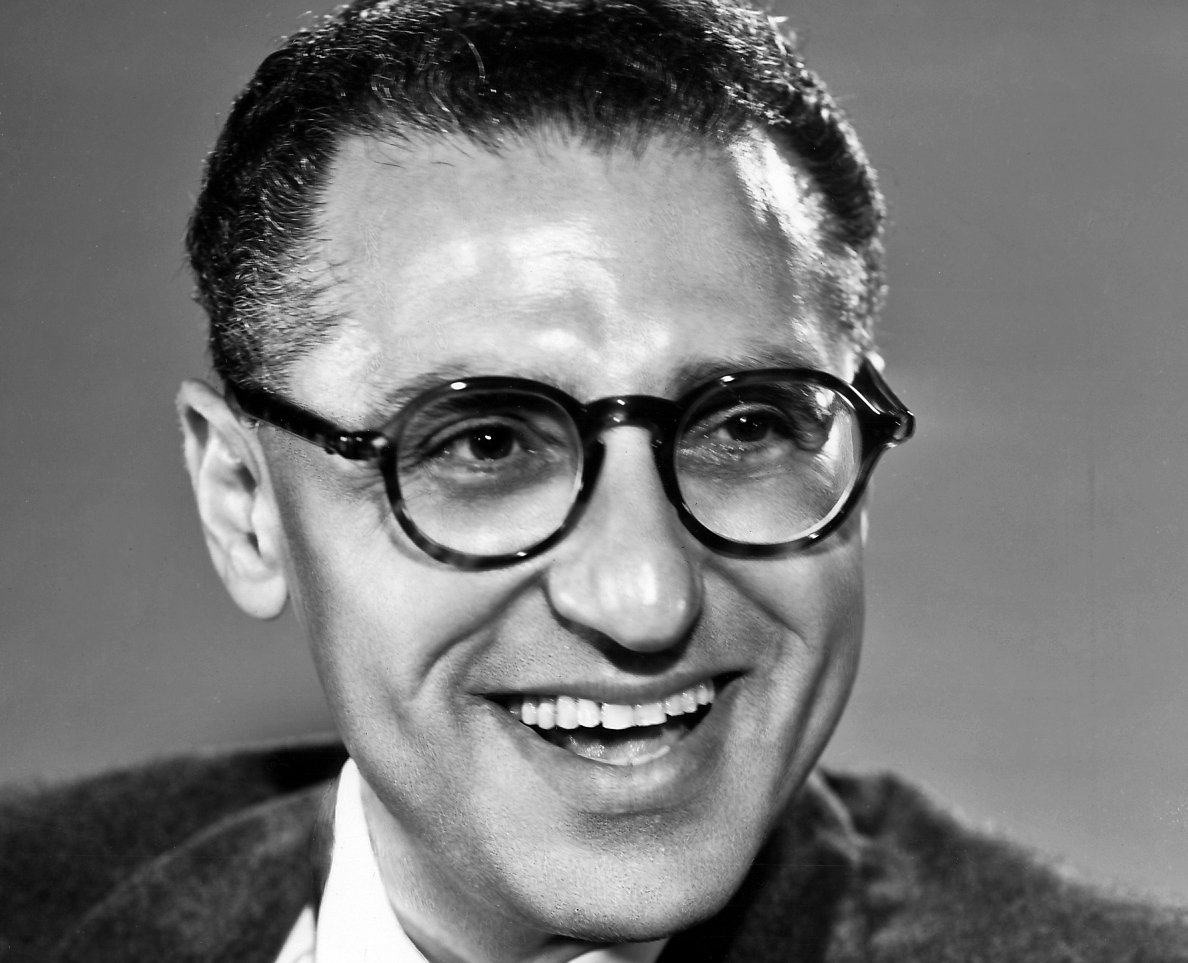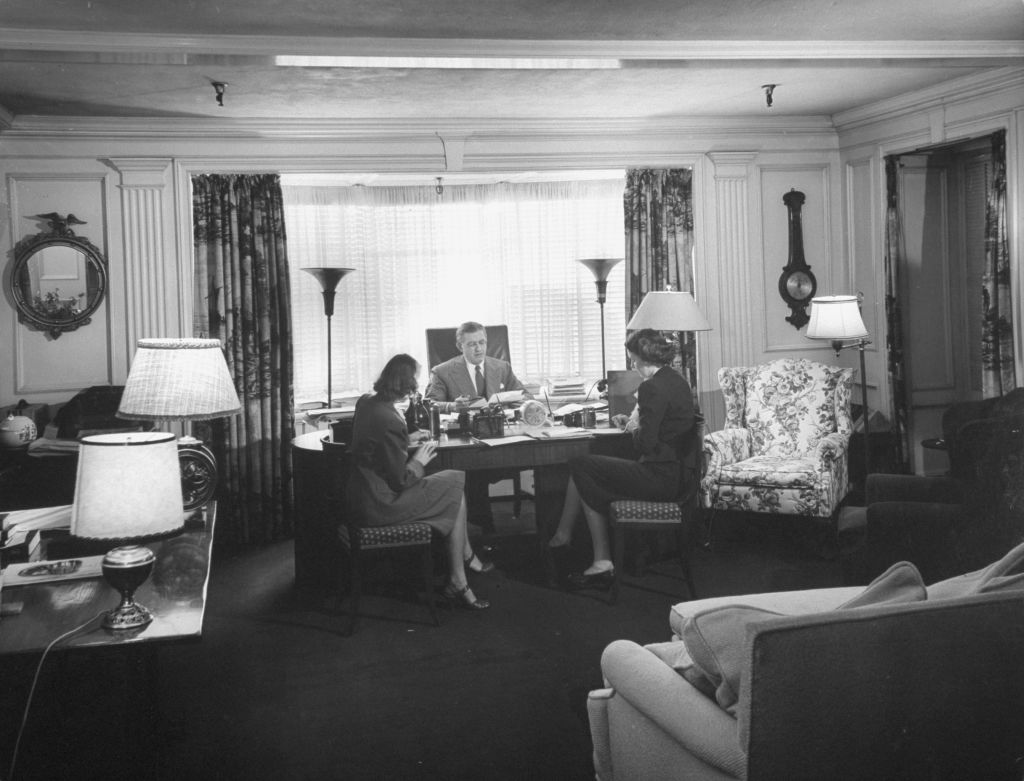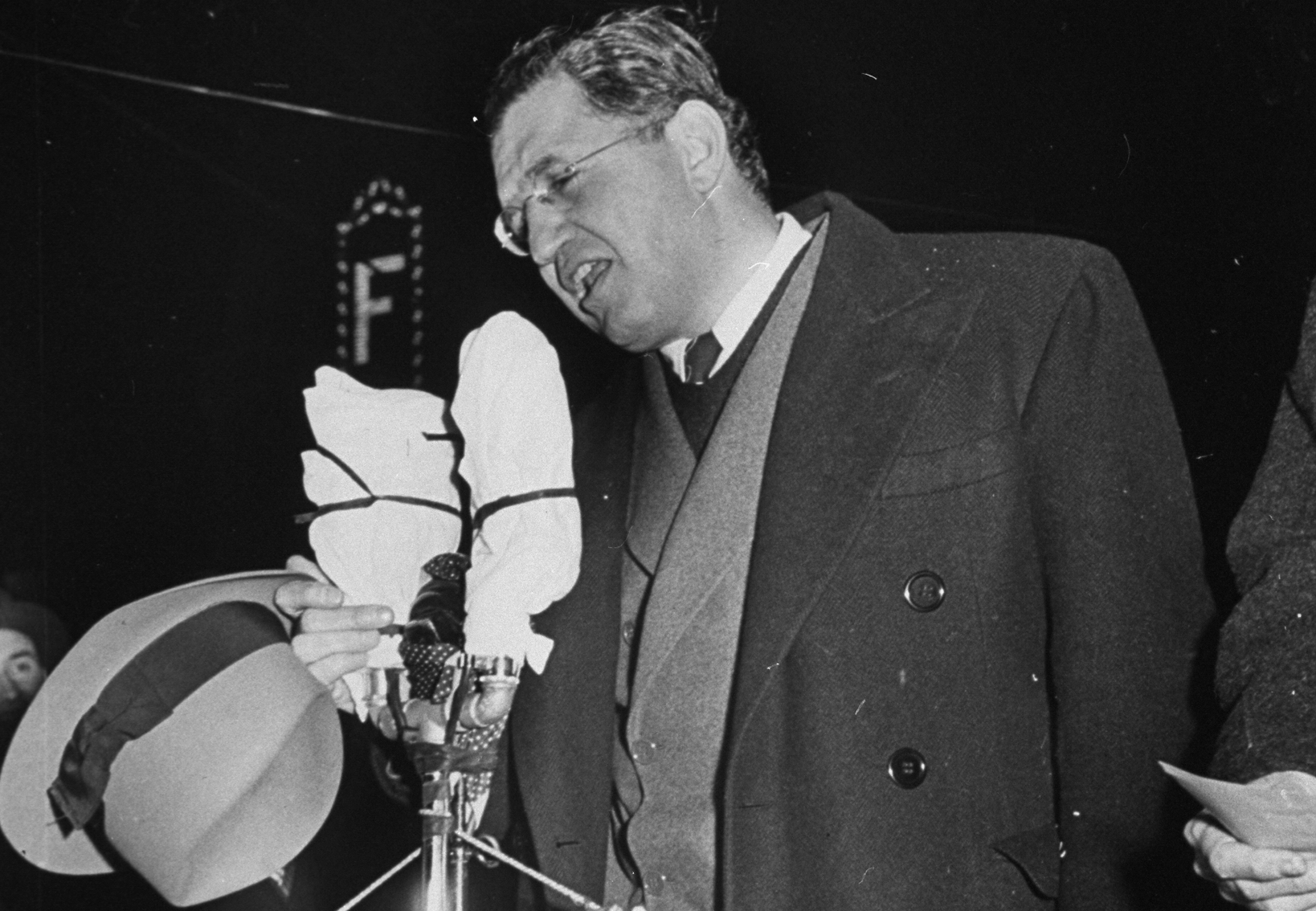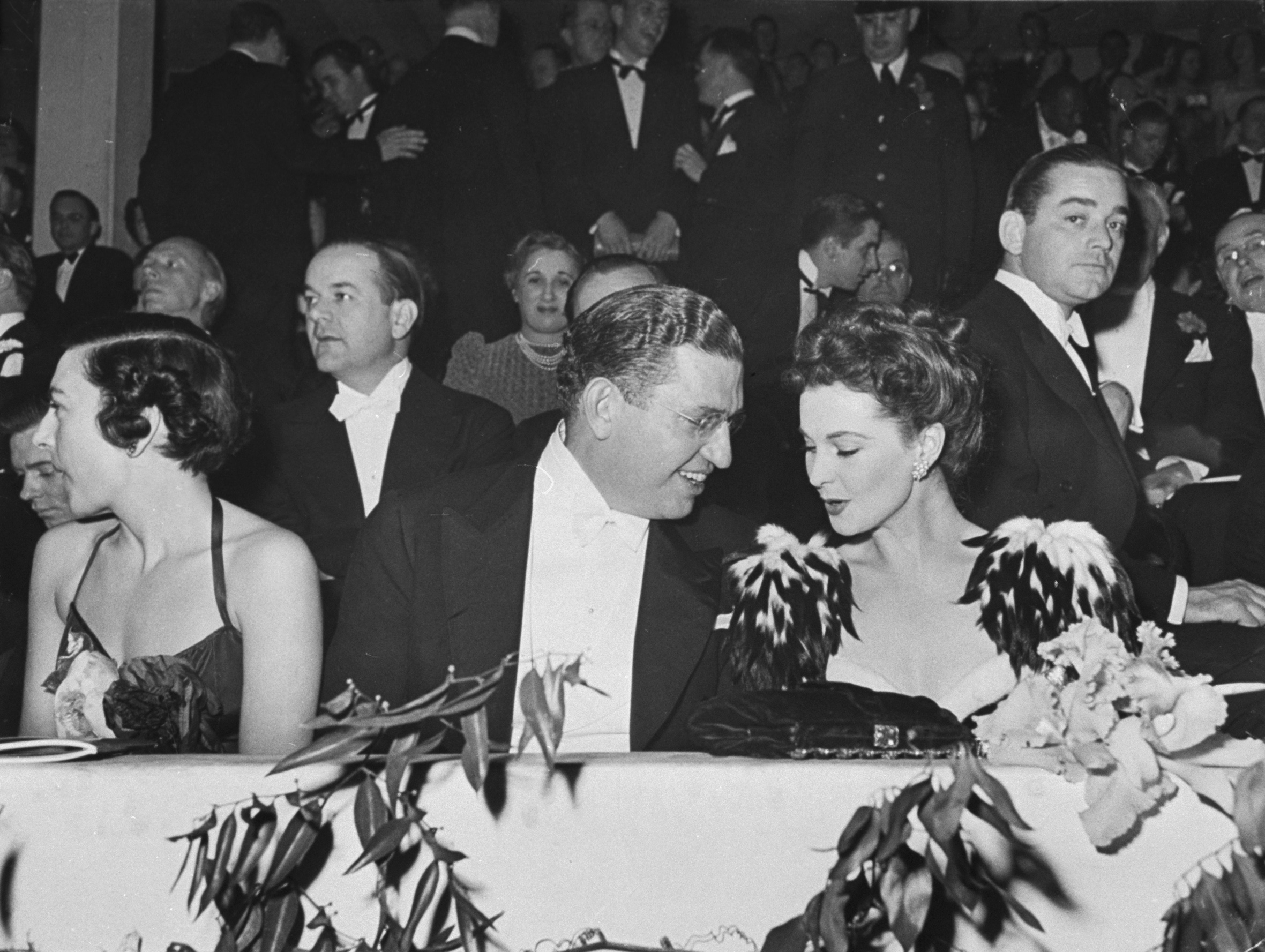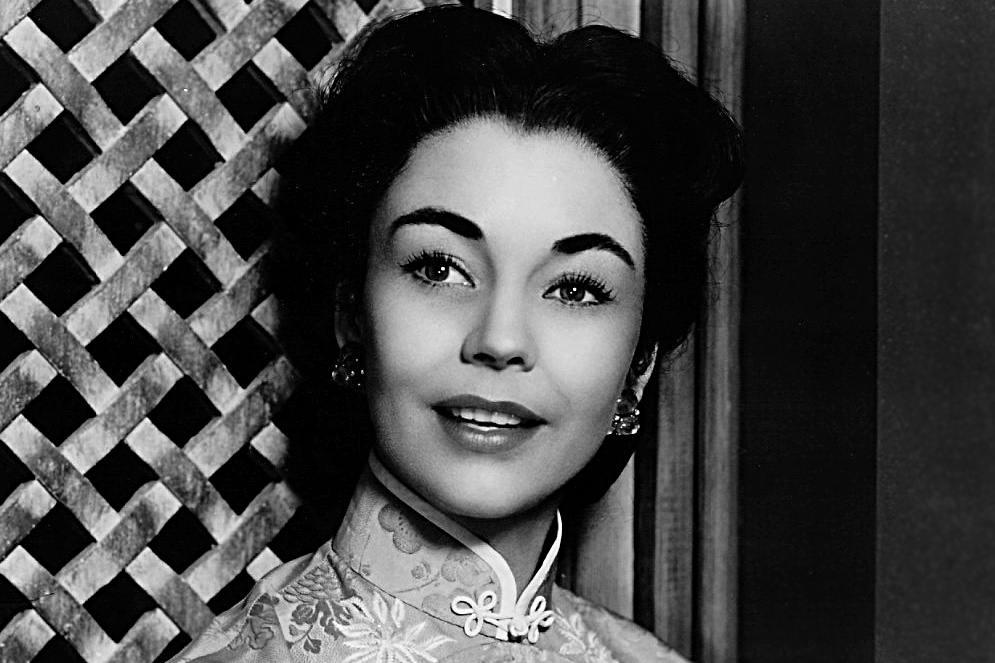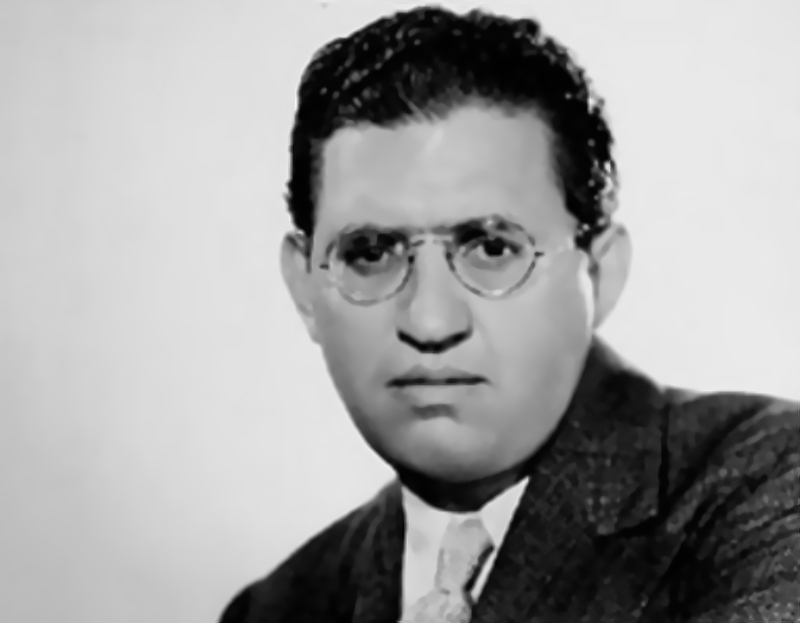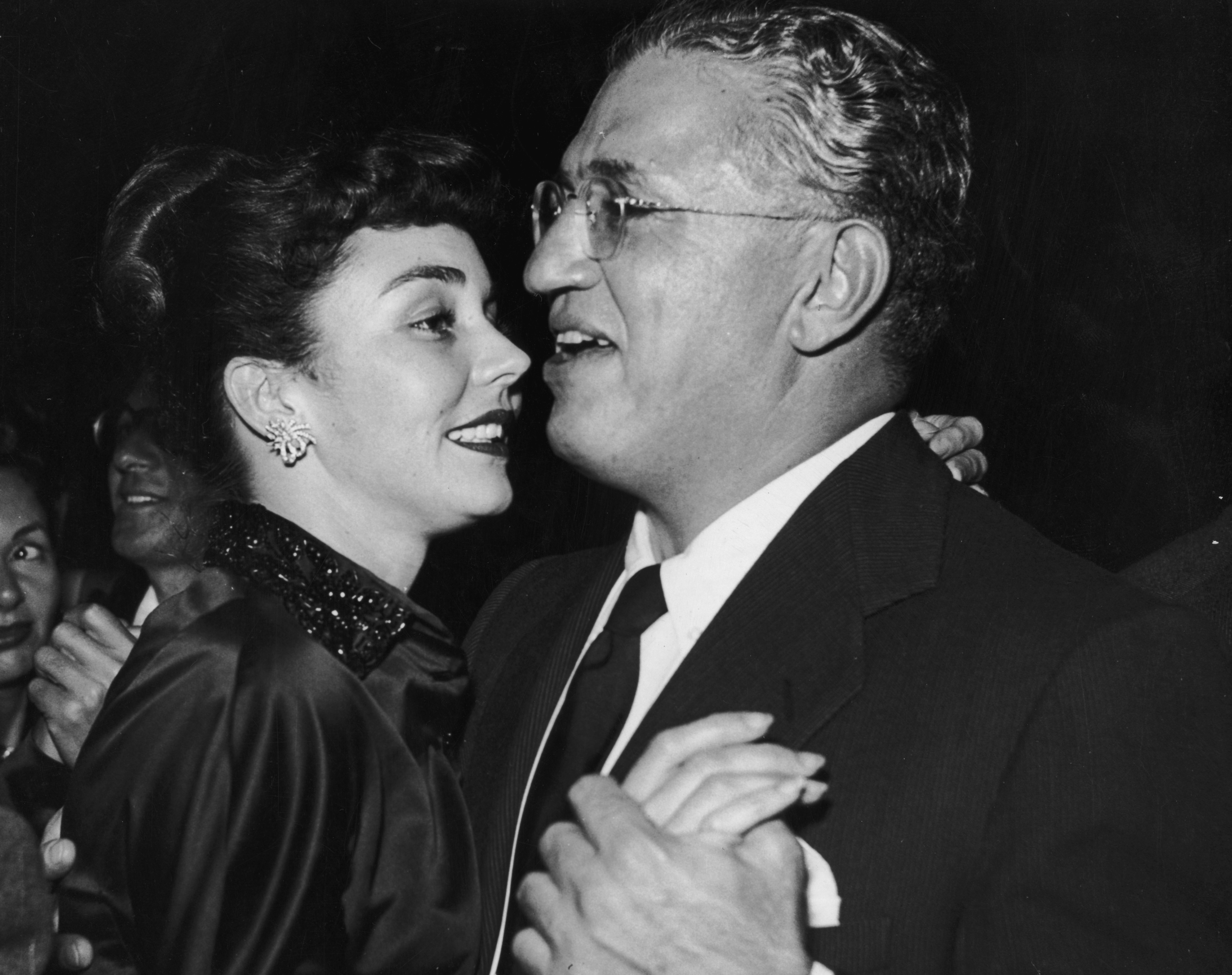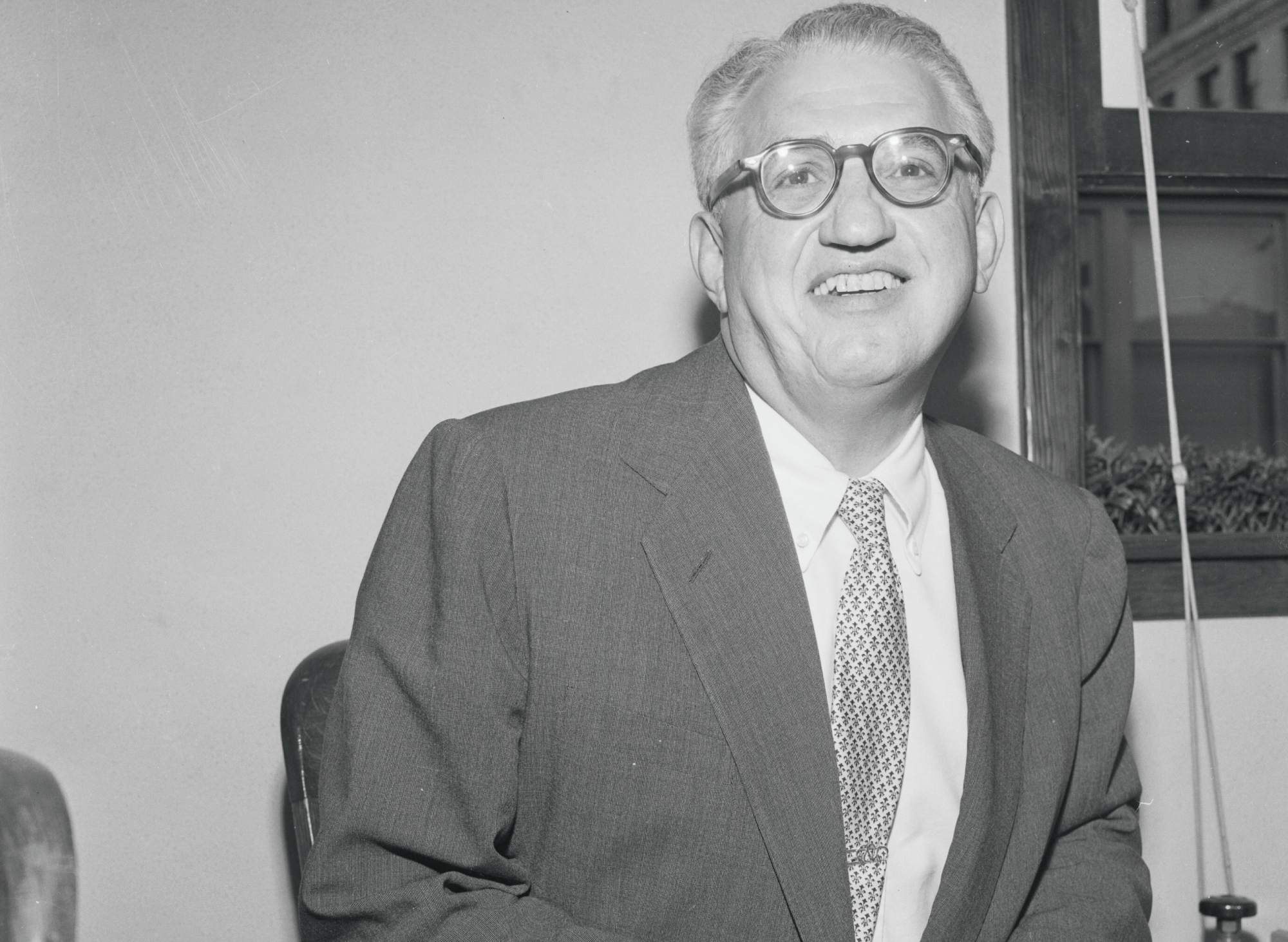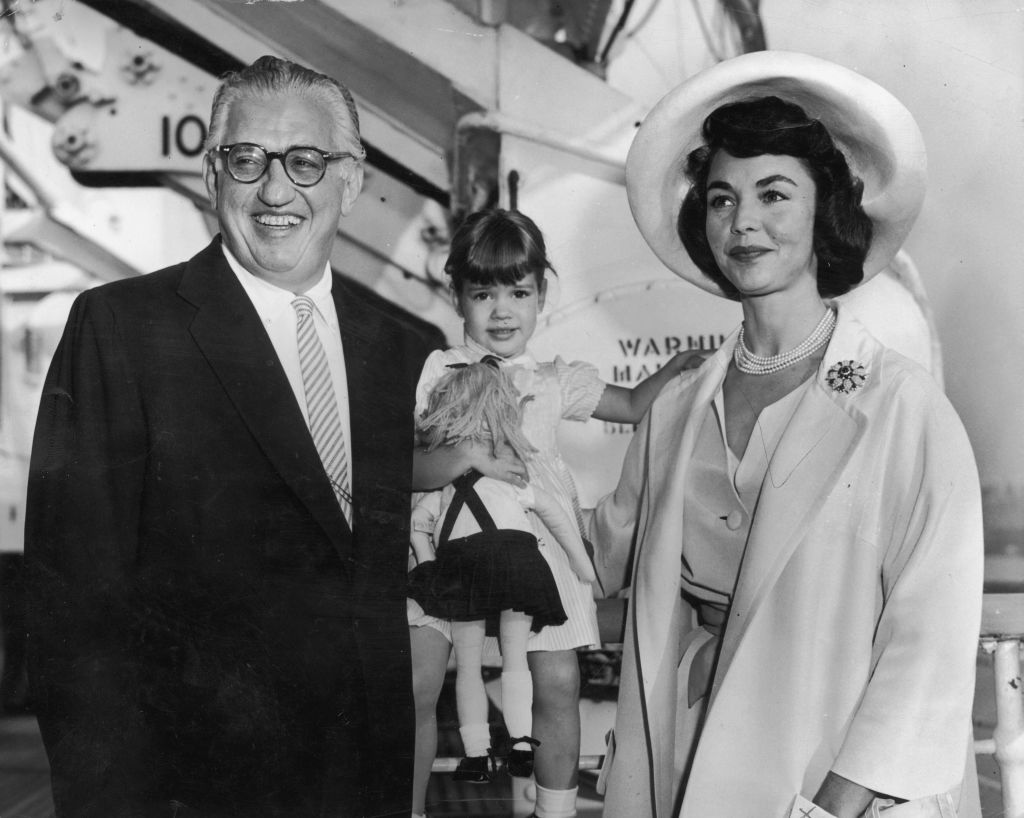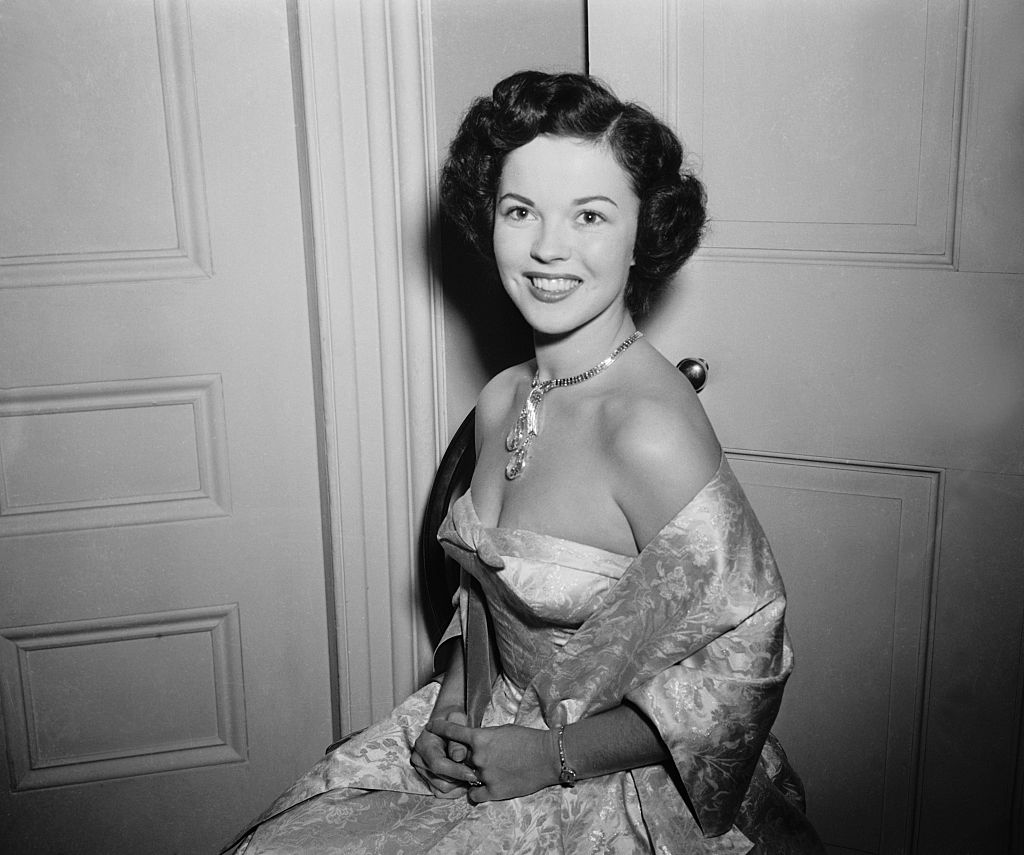David O Selznick had a reputation for being a hands-on producer, but sometimes his hands were on the stars themselves.
1. He Was Obsessive
David O Selznick nabbed not one but two Best Picture trophies at the Oscars—but there was a dark side to these wins. Selznick’s obsessive dedication to absolutely every aspect to the production of his films often went too far. But when Selznick took his obsession and focussed it on one mentally unstable starlet…let’s just say that things got completely out of hand.
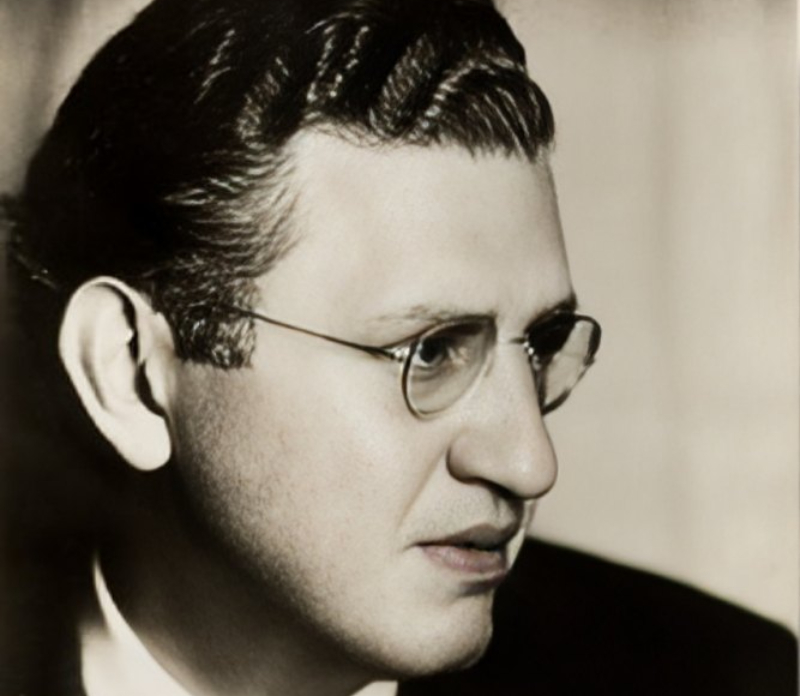 Unknown Author, Wikimedia Commons
Unknown Author, Wikimedia Commons
2. He Needed Some Flair
David Selznick was born on May 10, 1902 in Pittsburgh, Pennsylvania. There was one problem. His uncle had the exact same name as him. To remedy this—and to add some flair—Selznick would eventaully add an O to his name. The weird thing was that the “O” stood for nothing at all, and Selznick would never make it legal.
Selznick and his “O” had a career laid out for him, but fate would soon step in to spoil it. 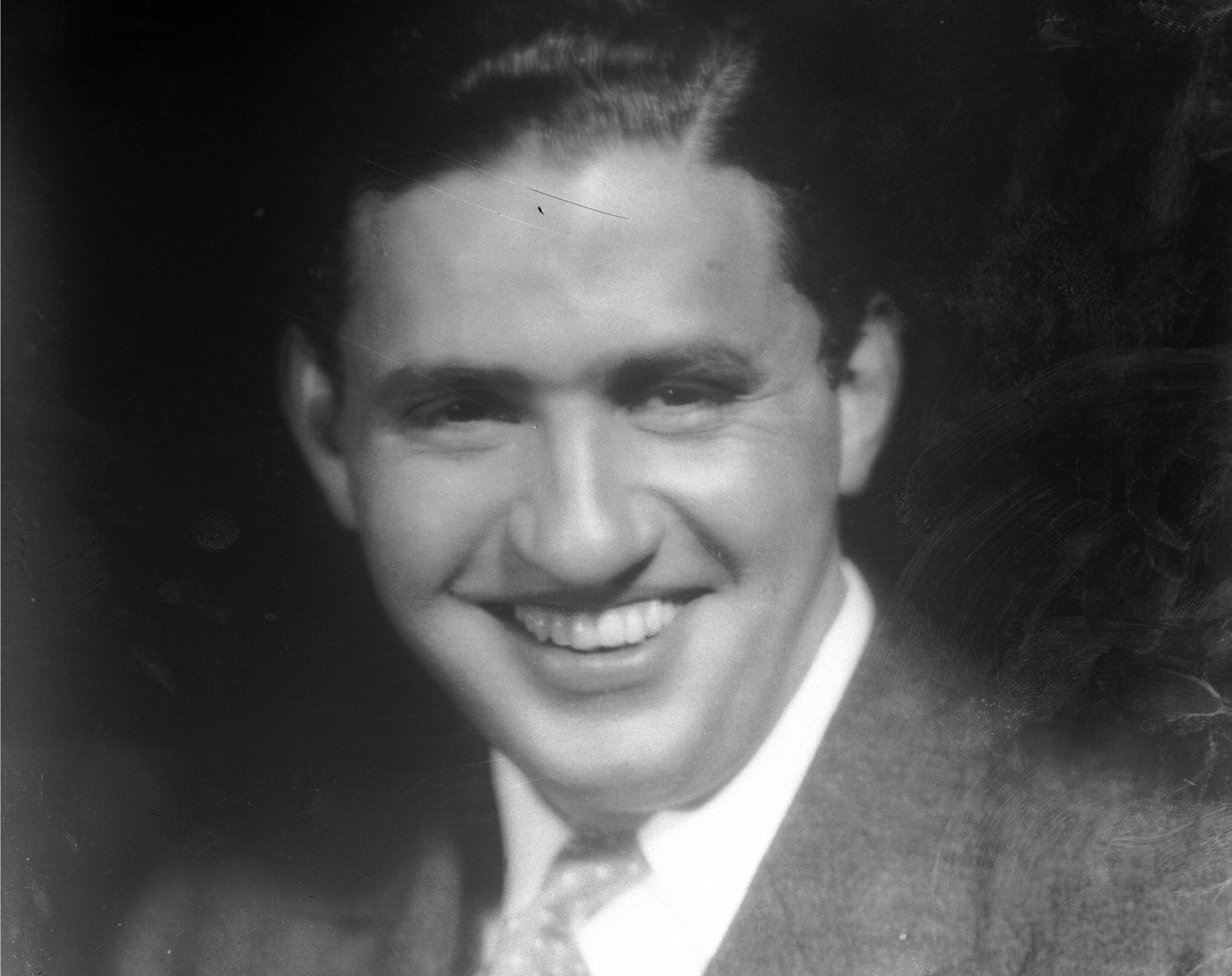 Bettmann, Getty Images
Bettmann, Getty Images
3. He Was Forced Into A Dramatic Decision
As he was growing up, Selznick’s father was a successful silent film producer. Selznick studied at Columbia University, and the plan was for him to follow in his father’s glorious footsteps. It didn’t quite work out that way. In 1923 dad’s company went completely bankrupt.
Selznick’s future had been completely derailed, and he had to make a dramatic decision.
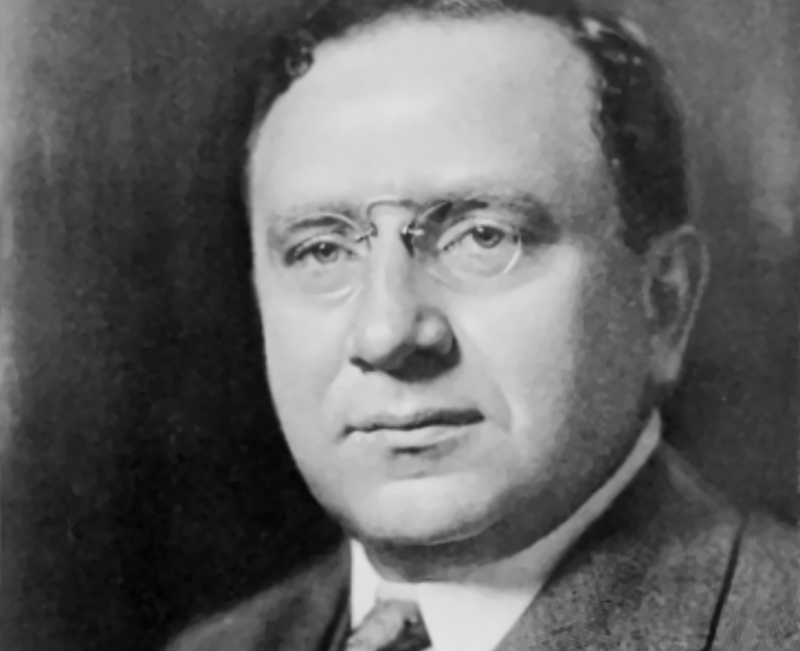 Library of Congress, Wikimedia Commons
Library of Congress, Wikimedia Commons
4. He Made A Big Move
Dad’s business had gone bankrupt in New York City, so Selznick looked to the other side of the country for his future. Hollywood was where people made movies now, and Selznick was itching to try his luck. Luckily his father had connections to the industry and soon Selznick was working for Metro-Goldwyn-Mayer as an assistant story editor.
He was off to a good start in the industry. Then he did something incredibly stupid.
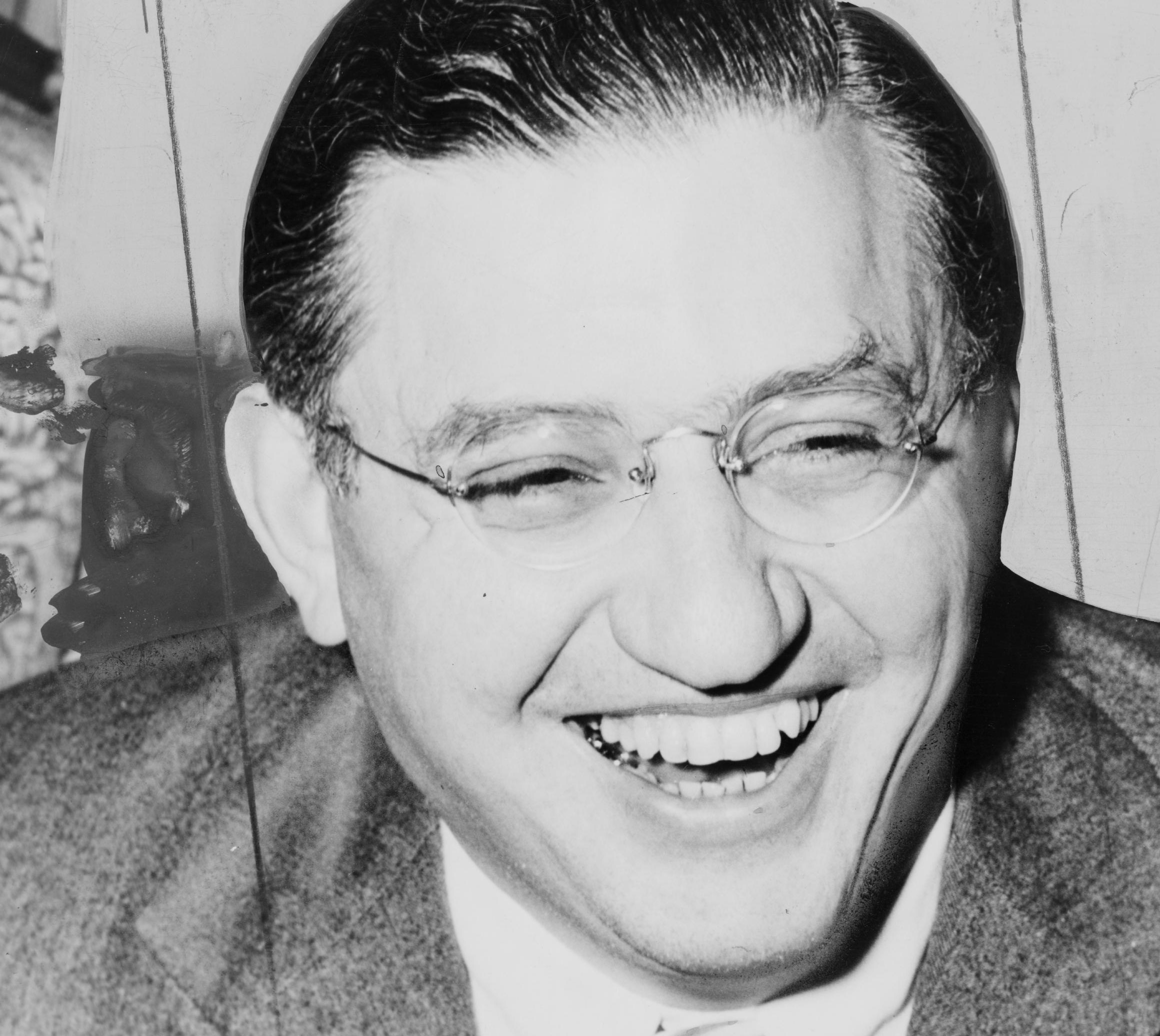 World Telegram staff photographer, Wikimedia Commons
World Telegram staff photographer, Wikimedia Commons
5. He Missed An Opportunity
Selznick’s boss at MGM was the very scary Louis B Mayer. While working for him, Selznick started secretly dating his daughter, Gladys Mayer. Certainly, Selznick could have used this romantic entanglement to benefit his career. But I guess Selznick wanted to make a splash. He quit MGM, got a job at Paramount, and only then started openly dating Mayer.
Knowing Mayer's reputation, some would call that a stupid move. Well, the next thing he did was just plain insane. 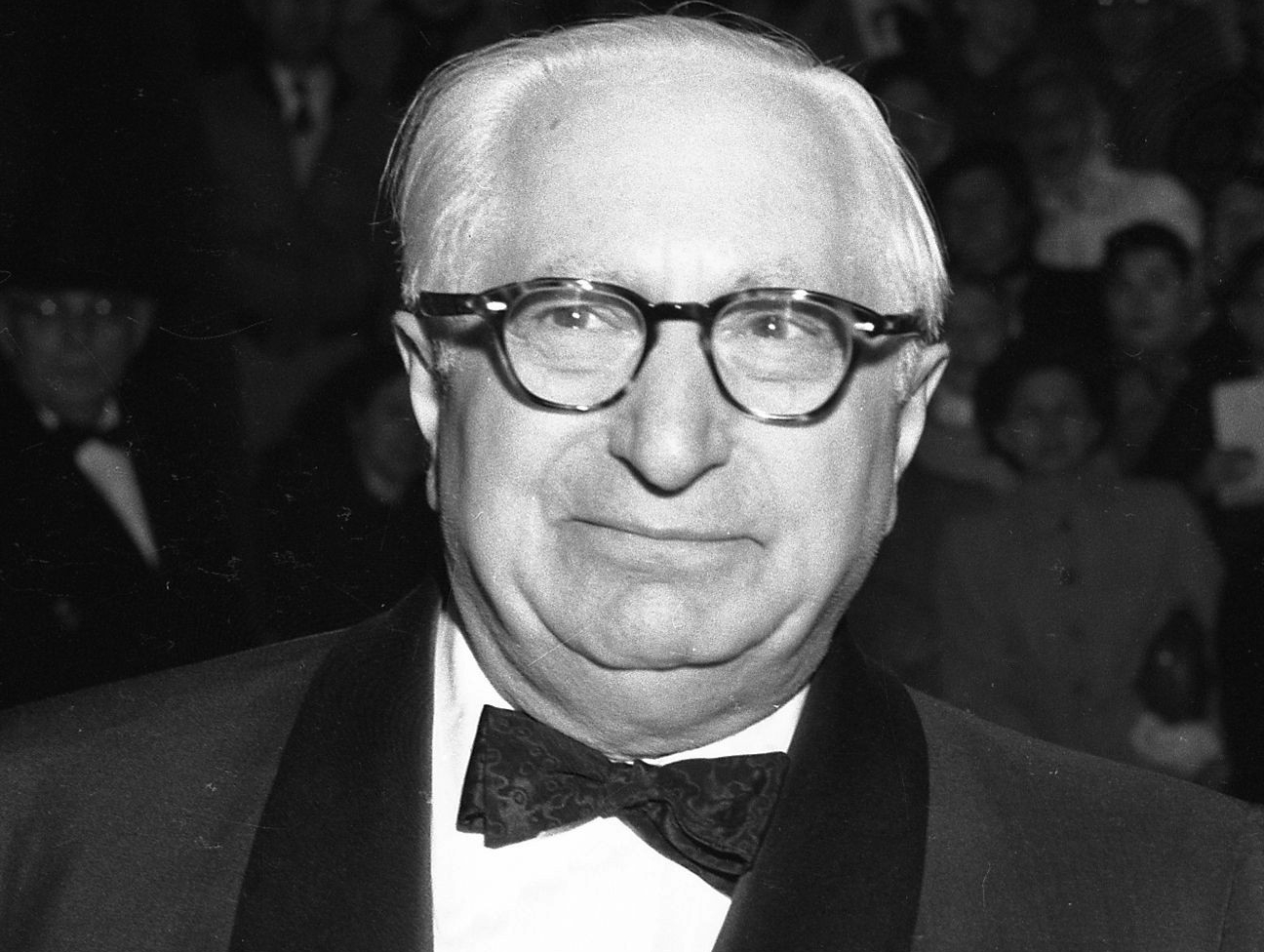 Los Angeles Times, Wikimedia Commons
Los Angeles Times, Wikimedia Commons
6. He Played With Fire
While dating the MGM boss’ daughter, Selznick was also having a secret affair with actress Jean Arthur. What it looked like from the outside was that the beautiful Arthur was just using Selznick to get better roles. On the other hand, Selznick was taking a huge chance by cheating on the daughter of a man who could end his career in two seconds flat.
But Selznick didn’t have time to worry about keeping his ex-boss happy—he was too busy moving up in the glamorous world of Hollywood.
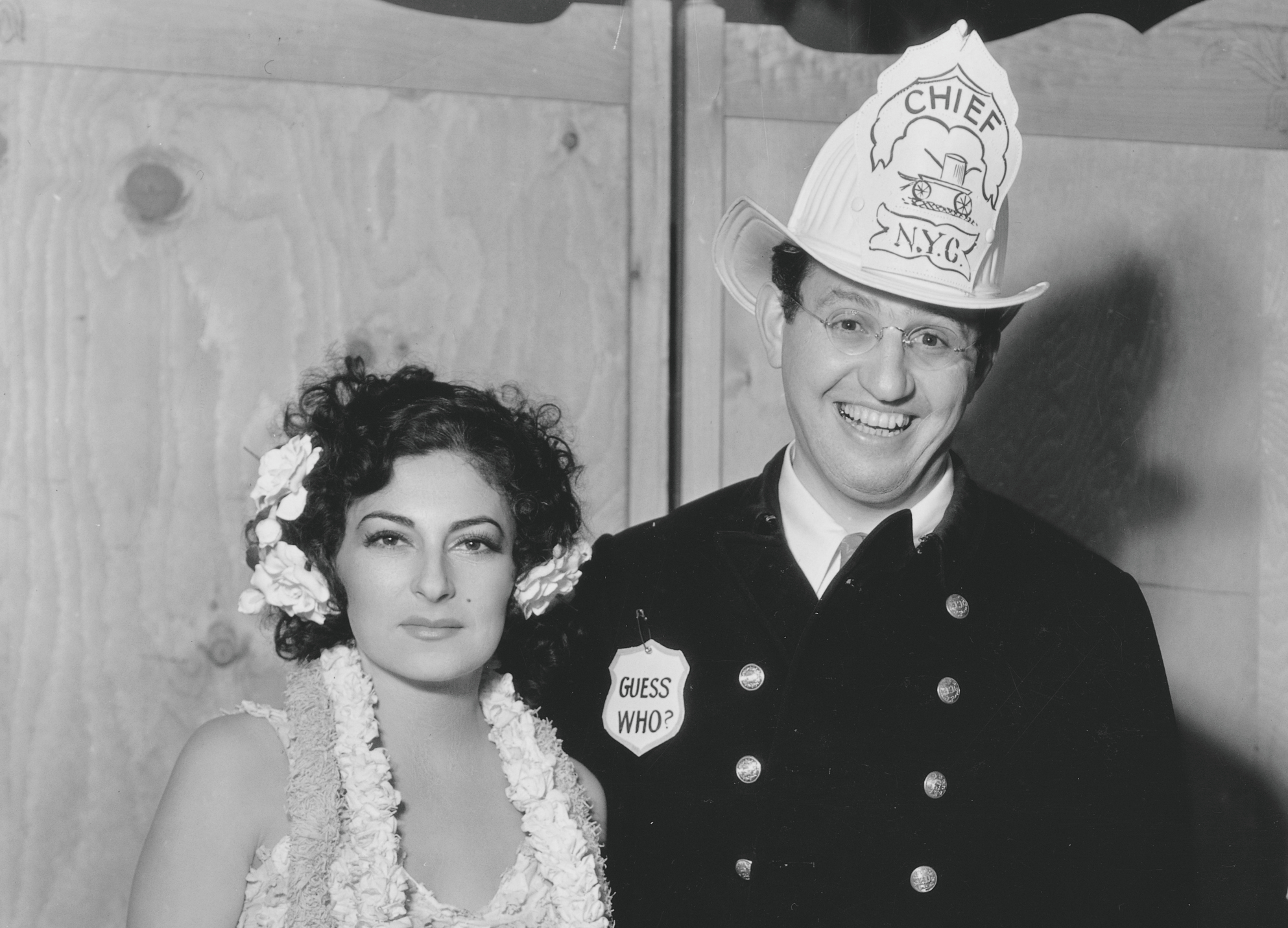 John Springer Collection, Getty Images
John Springer Collection, Getty Images
7. He Discovered Legends
Selznick soon moved from Paramount to RKO Pictures, and he brought his knack for luring in stars with him. He quickly discovered the legendary Katharine Hepburn and brought her to RKO. Many thought he was taking a chance on the "unconventional" actress—and we all know how that turned out.
But Hepburn wasn’t even the only big deal Selznick brought to RKO. He also introduced audiences to King Kong; The state of the art special effects in RKO's 1933 smash hit blew audiences away. Within just a couple years, Selznick had become RKO’s certified "golden boy"—until his temper got in the way. 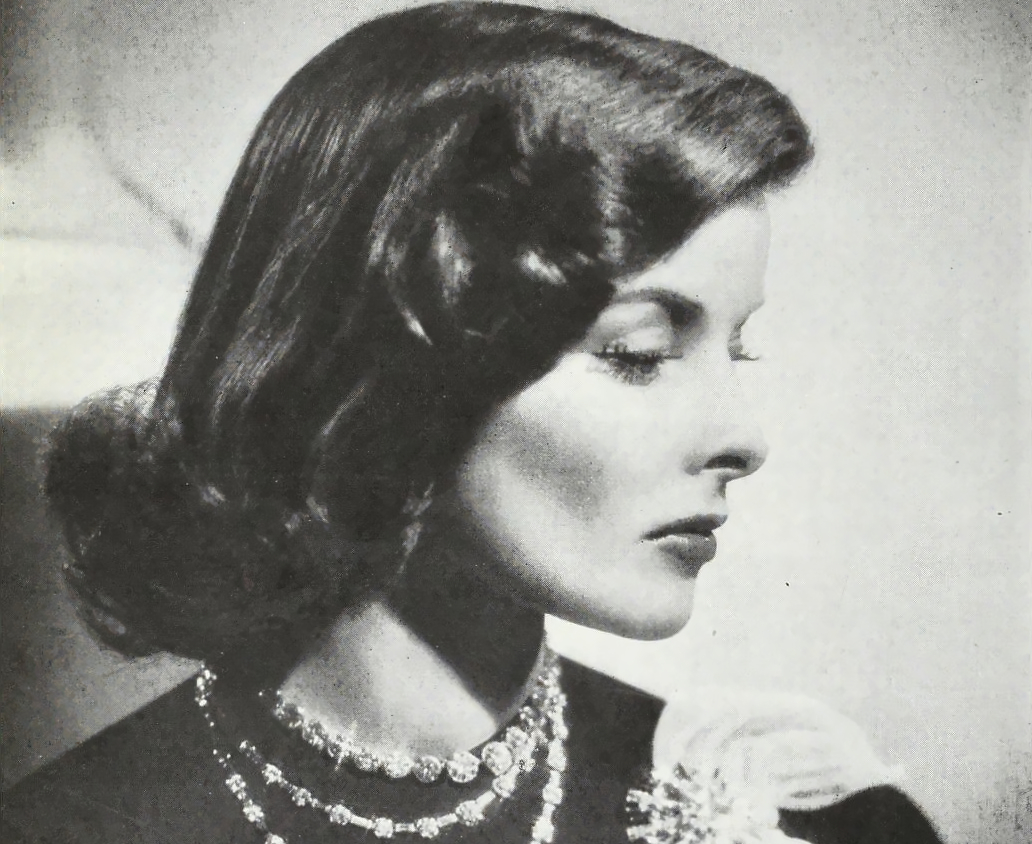 Unknown Author, Wikimedia Commons
Unknown Author, Wikimedia Commons
8. He Left Them A Gift
Selznick was soon butting heads with a new corporate president, so he prepared to make a dramatic departure. Near the end of his time at RKO, Selznick gave the greenlight to a screen test for a 35-year-old balding singer and dancer. It seemed like Selznick was giving his old company a huge departing raspberry. Nope, this screen test was for the future blockbuster movie star Fred Astaire.
Selznick bravely walked away from RKO, but his next job was going to put him in one very awkward situation.
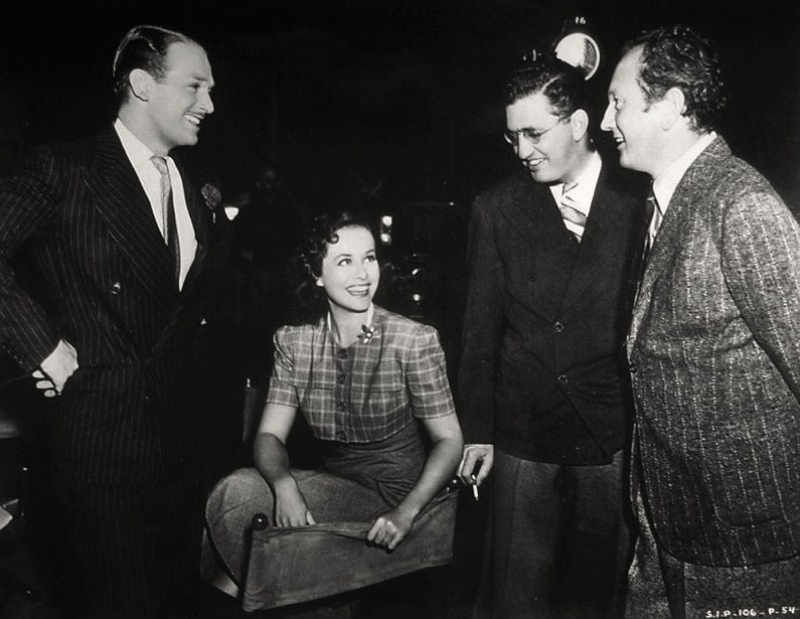 Unknown Author, Wikimedia Commons
Unknown Author, Wikimedia Commons
10. He Was A Big Shot
Since leaving MGM, Selznick had married Louis B Mayer’s daughter. So, the last place you’d think he’d want to work was at his father-in-law’s company. Well this is exactly what Selznick did. Selznick’s confidence had grown a whole lot since he’d worked there before, and he was becoming as much of a hot head as Mayer.
Selznick arrived at MGM acting like a big shot—and his arguments with Mayer would soon become legendary. 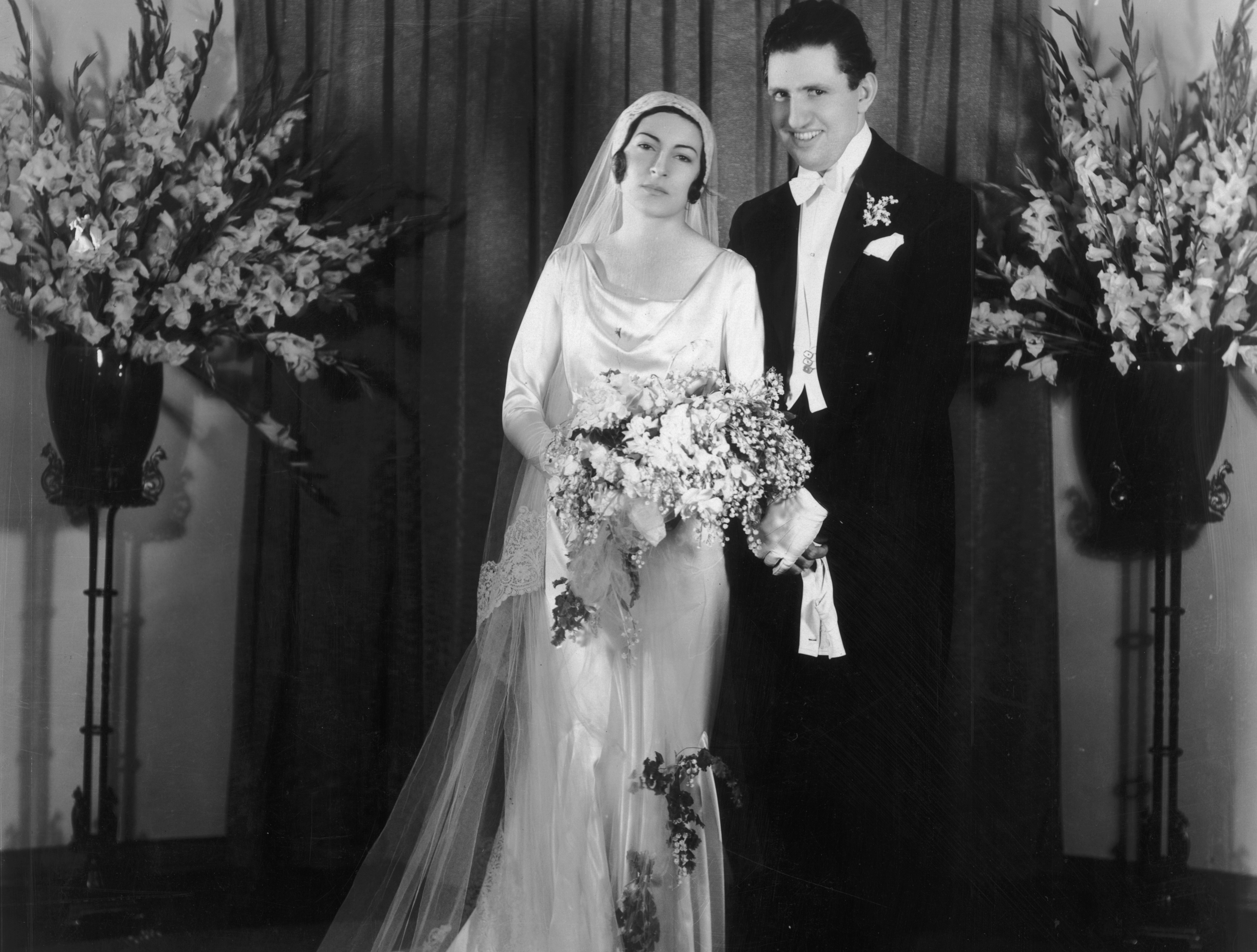 Hulton Archive, Getty Images
Hulton Archive, Getty Images

History's most fascinating stories and darkest secrets, delivered to your inbox daily.
11. He Did It For Dad
Lucky for him, Selznick’s first film at MGM—the star studded Dinner at Eight—was a big hit. For his second film, Selznick turned to a book he loved. This was Charles Dickens’ David Copperfield and Selznick chose it for a touching reason. His father had used the book to learn English.
Selznick was absolutely certain this was the best material for his second film at MGM. Mayer was absolutely certain that it was not. Let the arguments begin.
12. He Wouldn’t Take No For An Answer
The thing was, Mayer was strongly against making movies based on classic novels for two reasons. Book lovers were usually unhappy with the movie, and nonreaders couldn't care less. It was a lose/lose situation as Mayer saw it, but Selznick refused to see it that way. He incessantly pestered his father-in-law until Mayer handed over a cool $1 million budget—most likely just to shut him up.
Now Selznick had a huge challenge: Make a hit out of David Copperfield or face a very angry boss/father-in-law.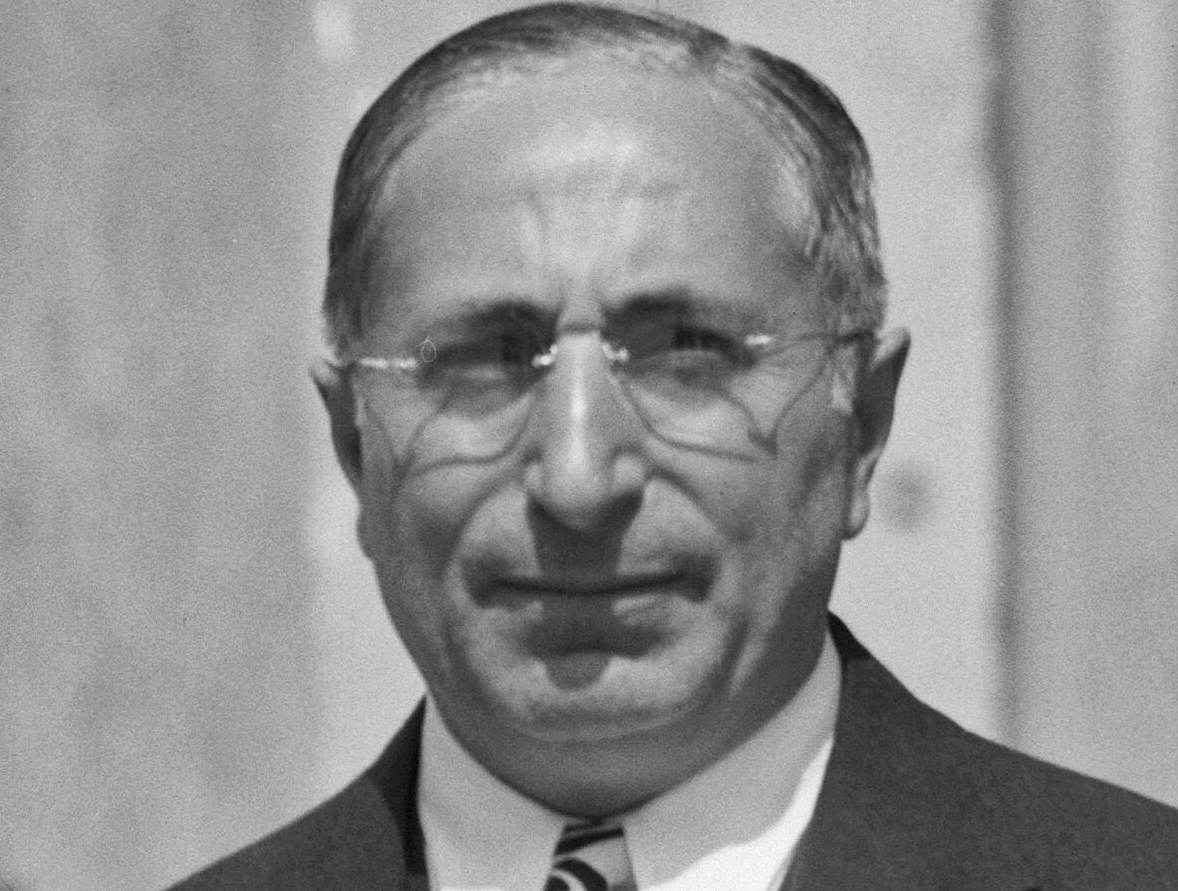 Los Angeles Times, CC BY 4.0, Wikimedia Commons
Los Angeles Times, CC BY 4.0, Wikimedia Commons
13. He Defied The Boss
Selznick had a major battle with Mayer over the casting of the lead, but he went with his instincts. To deal with his boss’ anger, Selznick did one simple thing. He made a hit movie. David Copperfield was a huge success with both critics and audiences. Of course, what really made Mayer happy was the $3 million the film made at the box office.
Winning against Mayer had sent Selznick’s confidence soaring. He’d need that, because his next film would put him in the middle of a bitter controversy. 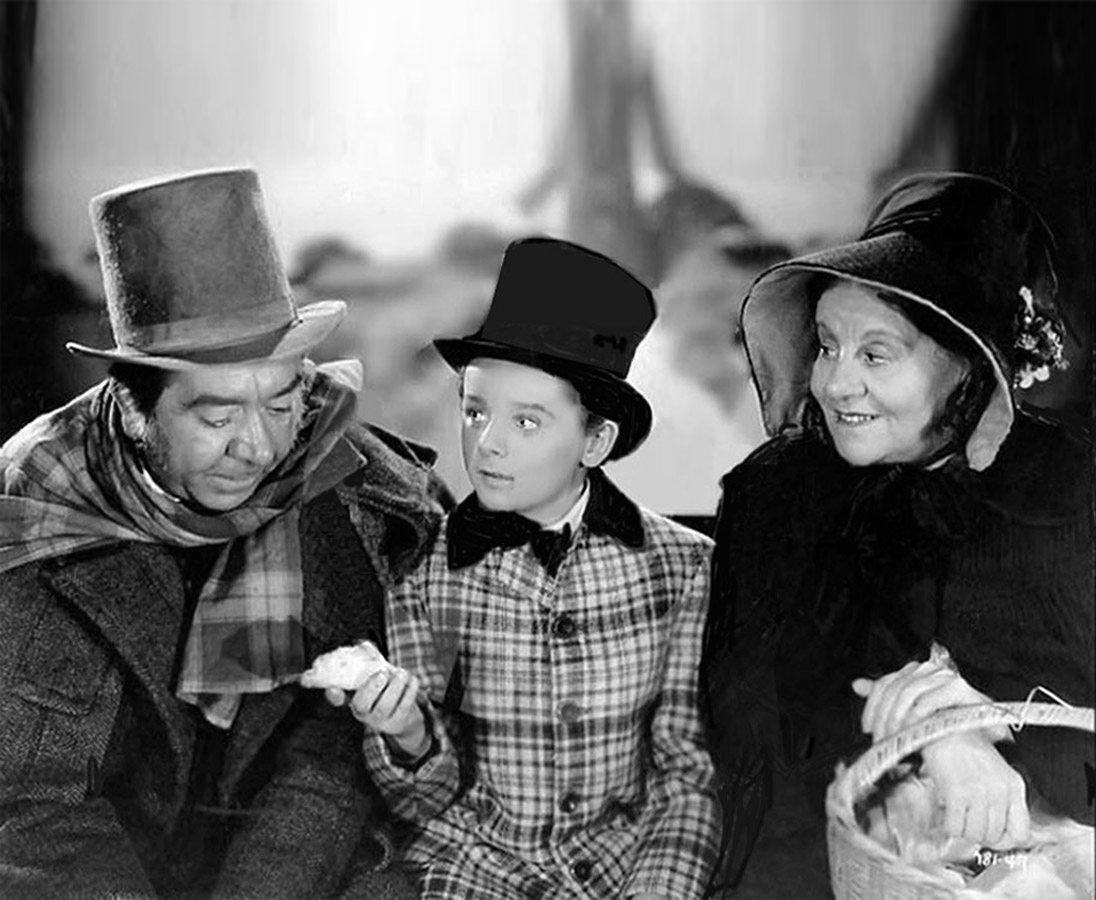 MGM, Wikimedia Commons
MGM, Wikimedia Commons
14. They Called It Disgusting
Next, Selznick turned to the novel Anna Karenina, but this film quickly became steeped in controversy. Censors wanted it to be clear that the adulterous Anna would get her punishment. After some careful editing, censors approved a version of Anna Karenina that Selznick was happy with. The Chicago Legion of Decency did not share Selznick’s joy. They said they were “thoroughly disgusted” with the film.
In the end, Selznick still found modest success with Anna Karenina—but he also found himself dealing with a very manipulative star.
15. She Wanted Him To Stay
After a third successful book adaptation—A Tale of Two Cities—Selznick was itching for a change. When Anna Karenina star Greta Garbo heard he wanted to leave MGM, it made her nervous. You see, Selznick was one of only two producers the picky star would work with. To keep Selznick where she wanted him, Garbo told him she’d work exclusively on his films.
But not even Greta Garbo would not stand in Selznick’s way to becoming his own boss. He left anyway to form his own studio—but now the stakes were higher than ever.
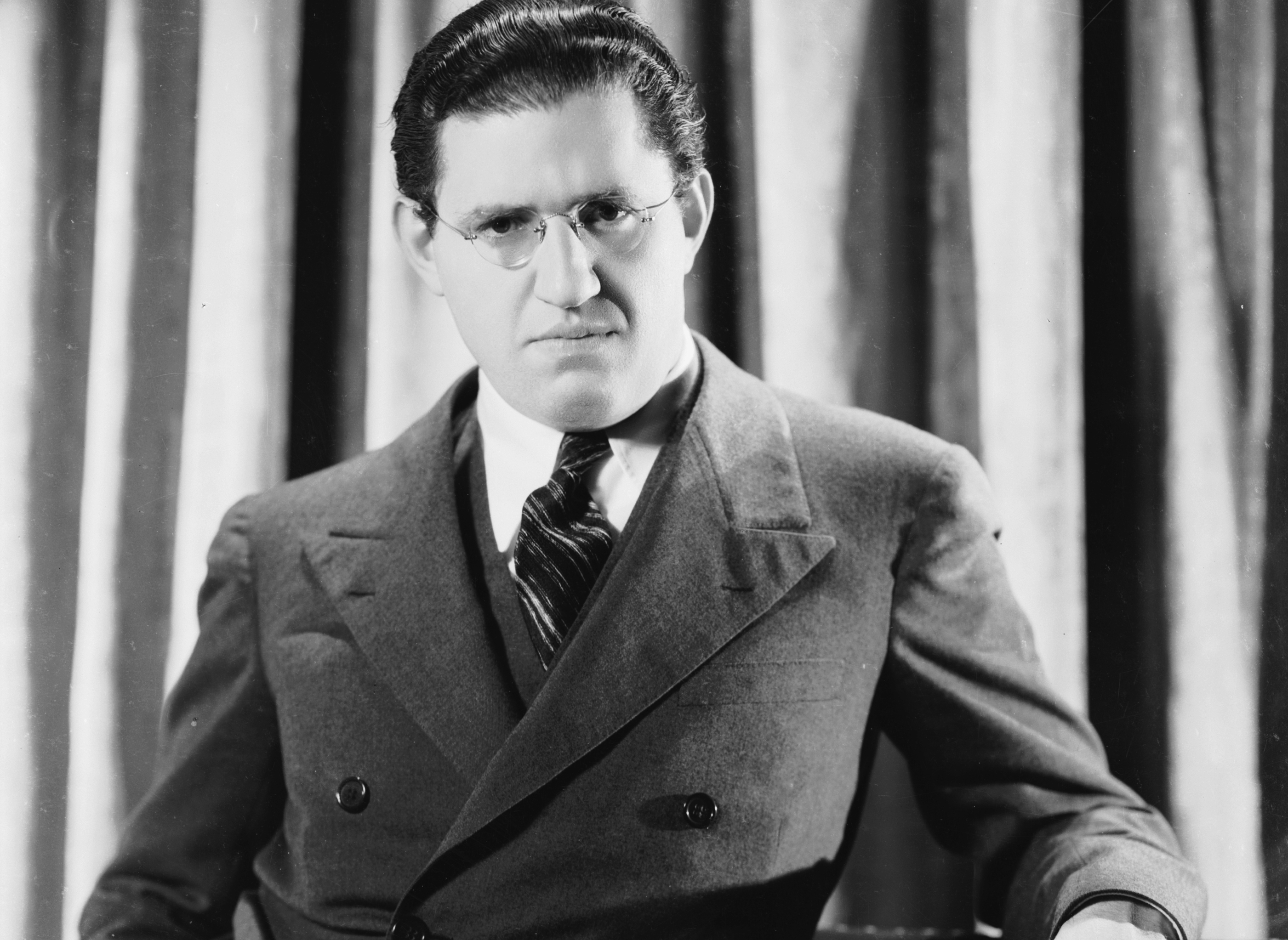 John Kobal Foundation, Getty Images
John Kobal Foundation, Getty Images
16. He Wasn’t A Fan
The first two features at Selznick International Pictures were only mild successes, but that’s not what the obsessive Selznick was after. When it came time for his third film, Selznick needed to get it right. He had a script that he liked, but there was an issue: Selznick thought that movies about Hollywood usually had failure written all over them.
He was about to pass on A Star is Born. Luckily, at the last moment, someone close to him raised the alarm. 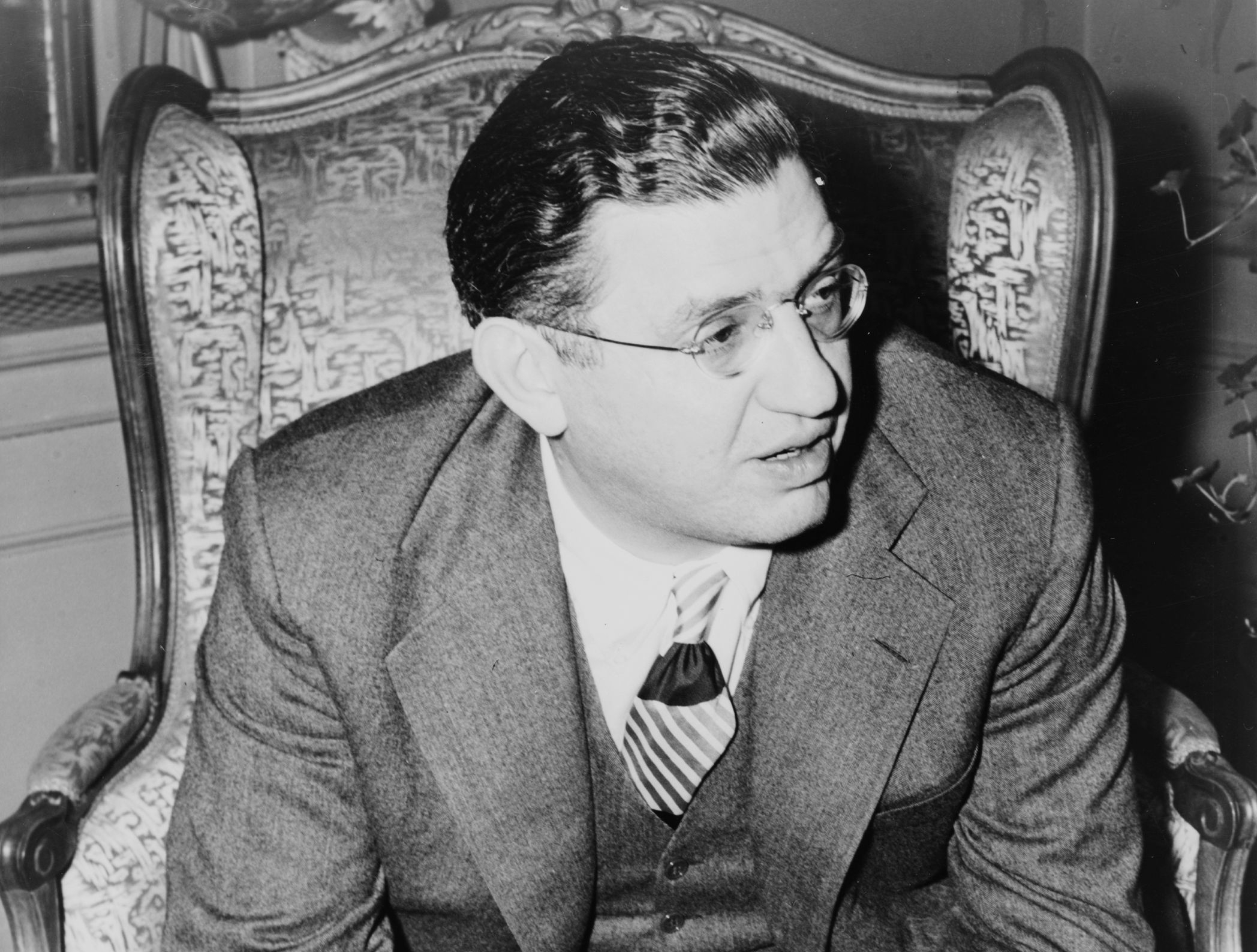 Sun staff photographer, Wikimedia Commons
Sun staff photographer, Wikimedia Commons
17. He Needed A Push
It was Selznick’s wife who thought that A Star is Born could be a hit. Luckily, Selznick listened to her, and the film was a huge hit. But that wasn't the only win for Selznick: It proved that audiences would flock in droves to see movies about Hollywood. Selznick had scored yet another Oscar nomination for Outstanding Production. Now, his need for hit films was becoming like an addiction.
He’d go to bizarre lengths to get his next fix. 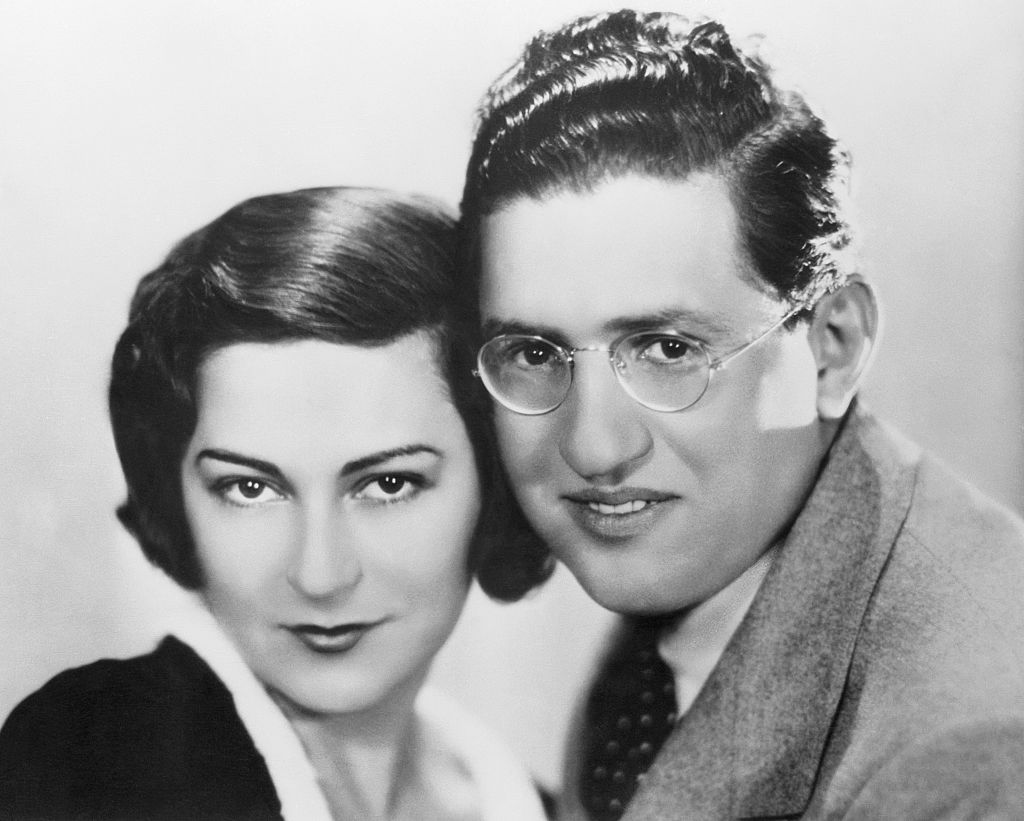 Bettmann, Getty Images
Bettmann, Getty Images
18. He Wanted Certain Success
To ensure that his next film—Nothing Sacred—reached the same heights as A Star Is Born, Selznick hired the same director and the same lead actor. The two films were both made in the same year and using the same Technicolor process. They were like sister films except for one thing: Nothing Sacred was a financial loser.
If Selznick hated failure, he’d better hang on to his hat. There was more coming his way.
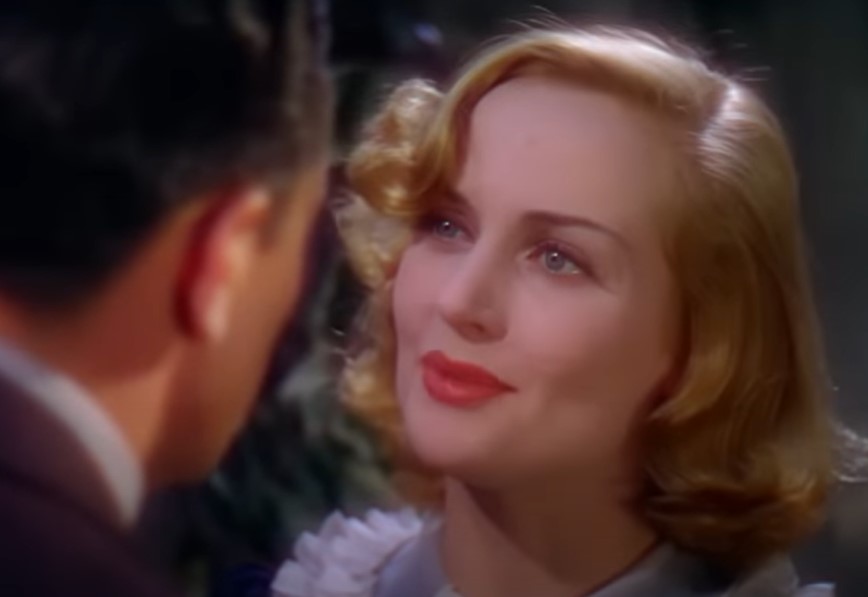 Selznick International Pictures, Nothing Sacred (1937)
Selznick International Pictures, Nothing Sacred (1937)
19. Their Egos Clashed
After a few more financial flops—including The Young In Heart and Made For Each Other—once again, Selznick desperately needed a hit. To ensure success, he brought in big deal director Alfred Hitchcock from England. The film was Rebecca and, to no one’s surprise, the two big egos were at each other’s throats. Selznick made Hitchcock see red when he wouldn’t let the acclaimed director have any say with the script.
But Selznick didn't know realize what kind of man he was dealing with. He was about to find out.
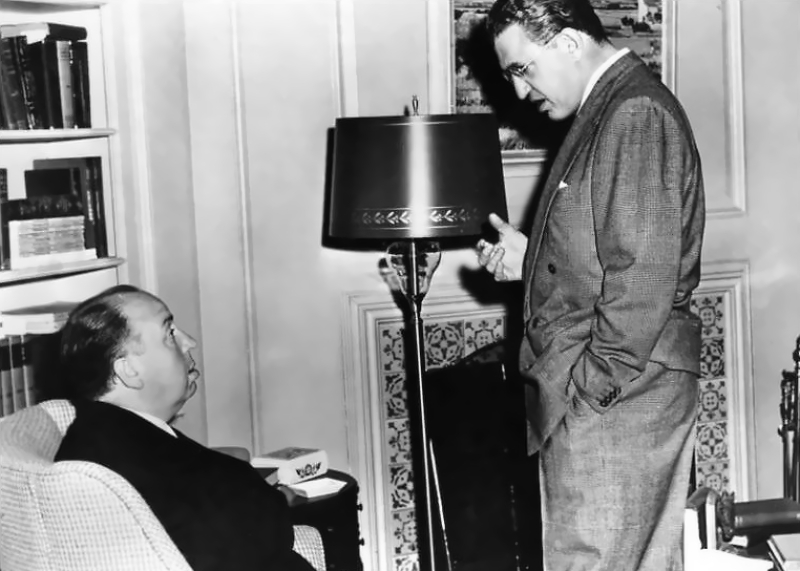 eBayarchive, Wikimedia Commons
eBayarchive, Wikimedia Commons
20. He Wanted Him Gone
Selznick had locked Hitchcock out of the writer's room, so Hitchcock took his revenge by completely barring Selznick from set. It was unheard of to keep a producer from his own set, but somehow it all worked out. Rebecca was Hitchock’s only film to win Best Picture.
Selznick was back on his game—but he had an enormous task ahead of him.
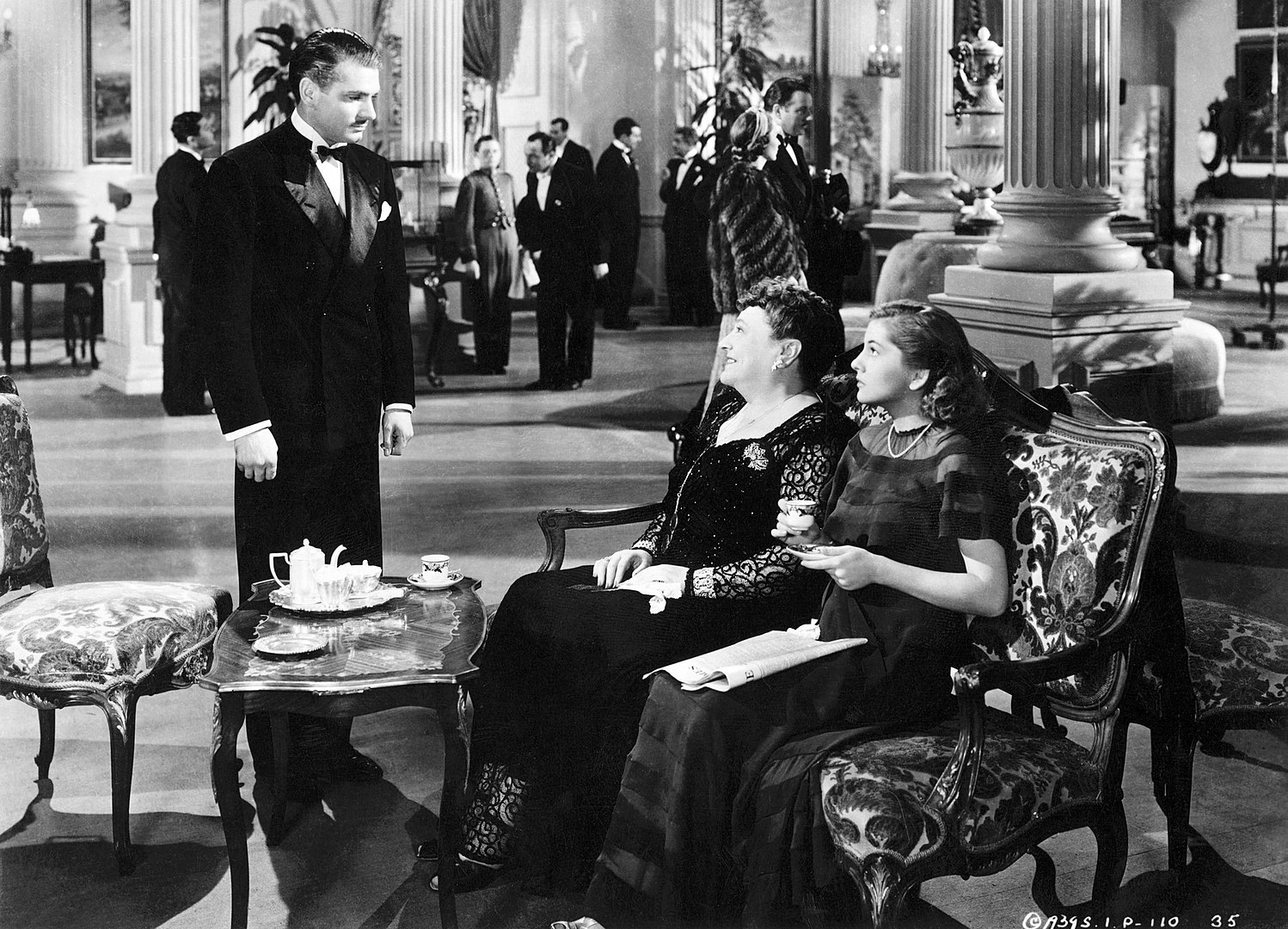 United Artists, Wikimedia Commons
United Artists, Wikimedia Commons
21. He Wanted It Bad
Selznick knew there was a story out there that would inspire him to make the iconic American film. He just needed to find it. He came across a book by Margaret Mitchell and had a feeling audiences would love it as a film. He impulsively offered Mitchell an unheard of $50,000 for the rights. Obviously, Mitchell accepted without hesitation.
The film was Gone With The Wind and with it, Selznick would make cinematic history. But first there’d be a whole lot of drama.
22. He Wasn’t Gay Friendly
Selznick had worked on many films with director George Cukor, and so it seemed natural to work with him on Gone With The Wind. Weirdly, a short time after hiring Cukor, Selznick promptly turned around and fired him. One of the reasons he gave was that because Cukor was gay, he couldn’t handle the love scenes in Gone With The Wind.
Clearly, Selznick was losing it. If you want proof, there's pages and pages of it.
23. He Had A Way With Words
Selznick liked to communicate his thoughts about Gone with the Wind through dictation. On this one film alone, Selznick dictated 1.5 million words. If bound like a book, it would be four times as long as the novel he’d based the movie on. Selznick’s secretaries were clearly overworked and one was about to go public with her story of working for Hollywood’s most demanding production.
24. She Outed Him
One of Selznick’s personal secretaries, Silvia Schulman, decided that people needed to know the truth about him. Her book was I Lost My Girlish Laughter and to protect herself, she used an alias and didn’t mention Selznick’s name. In the book, however, a Selznick-like character was a “crass producer” whose unwanted romantic advances she had to fight off.
The book caused a Hollywood scandal. To make this scandal go nuclear, there would have to be a movie.
25. It Disappeared
Critics of the Hollywood system were joyfully waiting to see a filmed version of I Lost My Girlish Laughter. It would expose the escapades of people like Selznick and give the public a laugh at the great producer’s expense. But that didn’t happen. Legend has it that Selznick and other producers made it very clear that no one should touch this project, and no one did.
Selznick walked clear of that potential scandal, right into an audition that would change his life forever.
26. She Ignited A Spark
In 1941, Selznick auditioned a young and hopeful actress named Phylis Walker. Walker tearfully left that day thinking she had messed up her only chance. Well, she was sort of right. She didn’t get the part in the film she was auditioning for—but she did get the shock of a lifetime. Selznick offered her a contract lasting seven years.
Walker had sparked something in Selznick, and it would lead to a rollercoaster ride of a relationship.
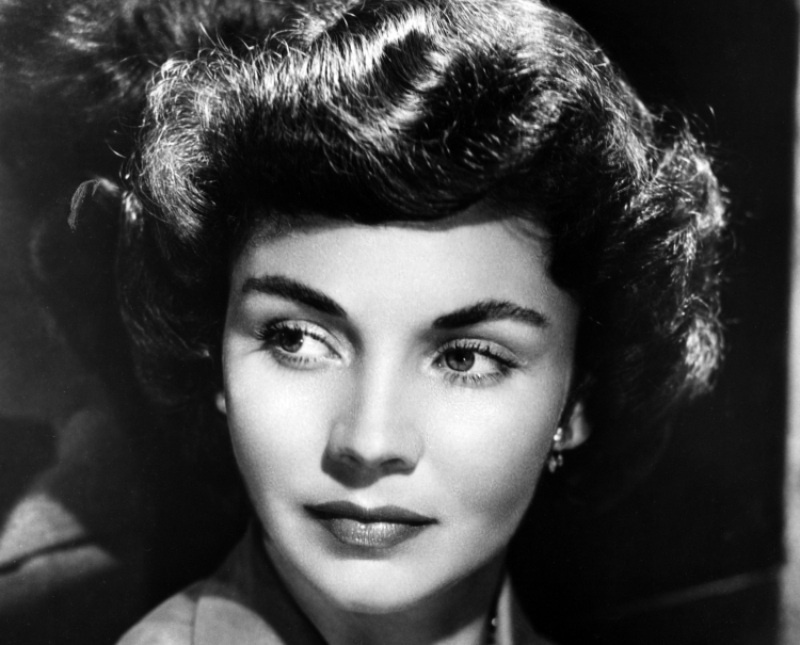 Studio Publicity, Wikimedia Commons
Studio Publicity, Wikimedia Commons
27. He Found The Perfect Role
It took a year, but Selznick eventually found a project that he thought Walker would be perfect for. Selznick had an “in,” as the producer of the film was his brother-in-law Bill Goetz. Unfortunately, Goetz was very picky and had already auditioned 300 women for the part. Selznick got it into his head that Walker was the one for the film.
Selznick was as stubborn as a bull, and he’d go to any length to get Jones the role.
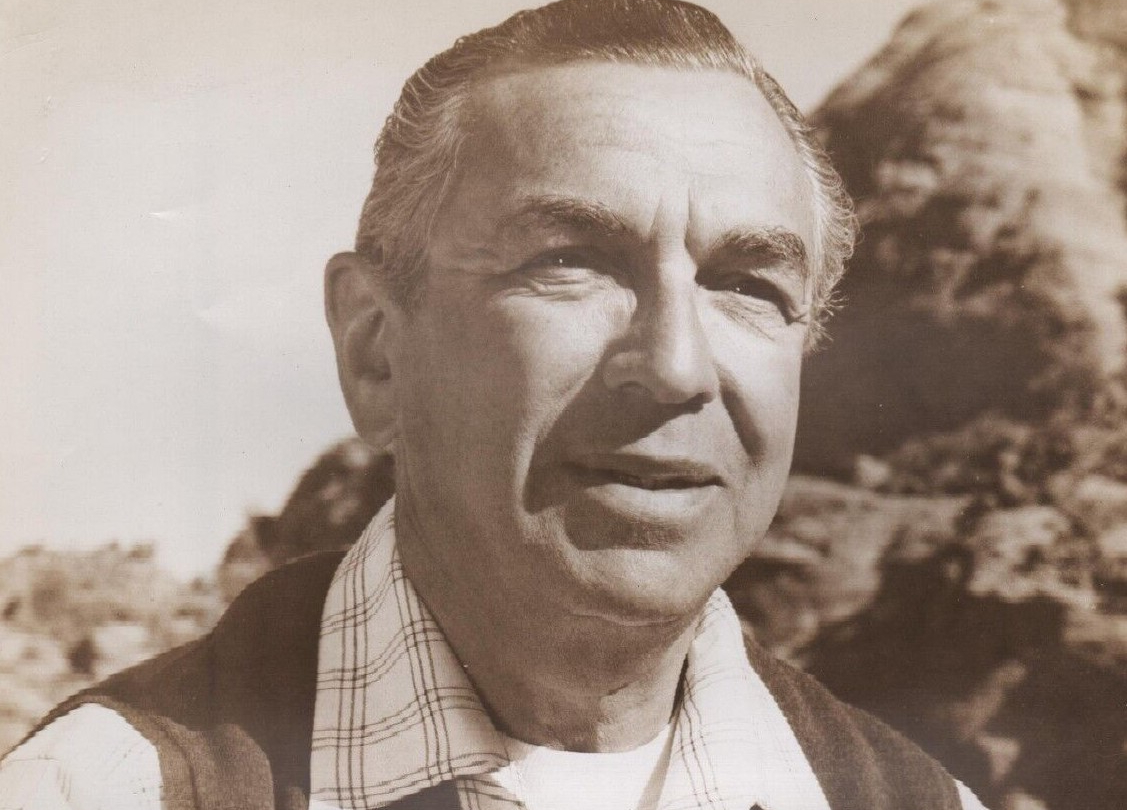 Unknown Author, Wikimedia Commons
Unknown Author, Wikimedia Commons
28. He Was Relentless
By this time, Selznick had fully taken over Walker's career and even renamed her Jennifer Jones. Goetz’s film was The Song of Bernadette and of course, Selznick wanted Jones to play the titular character. Poor Goetz didn’t know what hit him. Selznick began his campaign and it was relentless. Goetz eventually threw up his hands and gave in.
Jones had the part. That should have been a good thing. Instead, it was the start of her nightmare.
29. He Needed To Keep A Secret
Bernadette in The Song of Bernadette is a simple teenage girl who sees visions of the Virgin Mary. The thing was, Jennifer Jones was no teenager—she actually had a husband and two sons. While making the movie, Selznick wanted to keep Jones’ family out of public knowledge. This was easy because Jones was in Hollywood and her family was back in New York.
Then fate stepped in and completely derailed Selznick’s plan.
30. He Faced An Impossible Task
Jones' husband, actor Robert Walker, happened to get a role in Hollywood and decided to pack up the boys and join his wife. This put Selznick on the impossible mission of keeping the media from finding out about Jones’ secret husband and children.
But if you think Selznick’s life was full of complications, you ain’t seen nothing yet.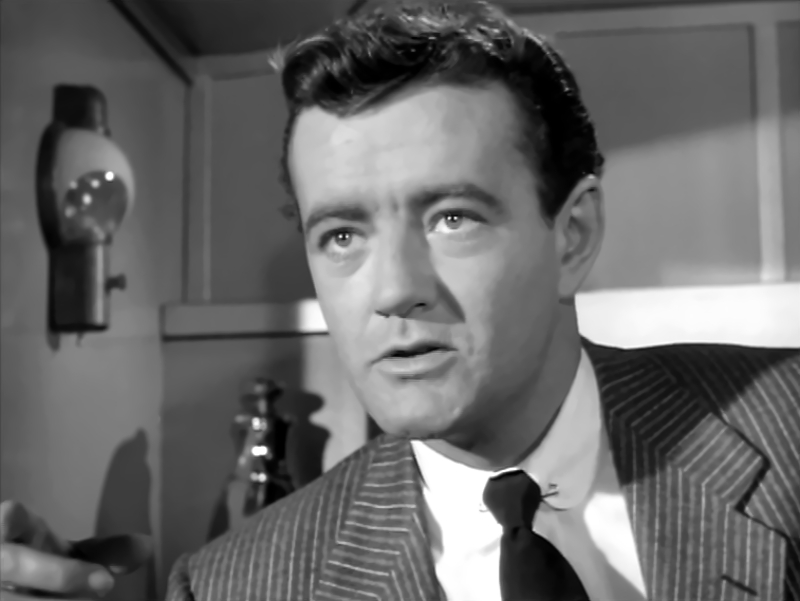 Trailer screenshot, Wikimedia Commons
Trailer screenshot, Wikimedia Commons
31. He Banned Her
While Jones was making The Song of Bernadette, Selznick noticed that watching the dailies was causing Jones stress. Selznick’s solution was to ban Jones from watching the clips. Now you have to remember, this wasn’t even Selznick’s movie. He was making decisions that only a director, a producer, or Jones herself should be making.
The Song of Bernadette was finally in the can, but Selznick was not through controlling Jon
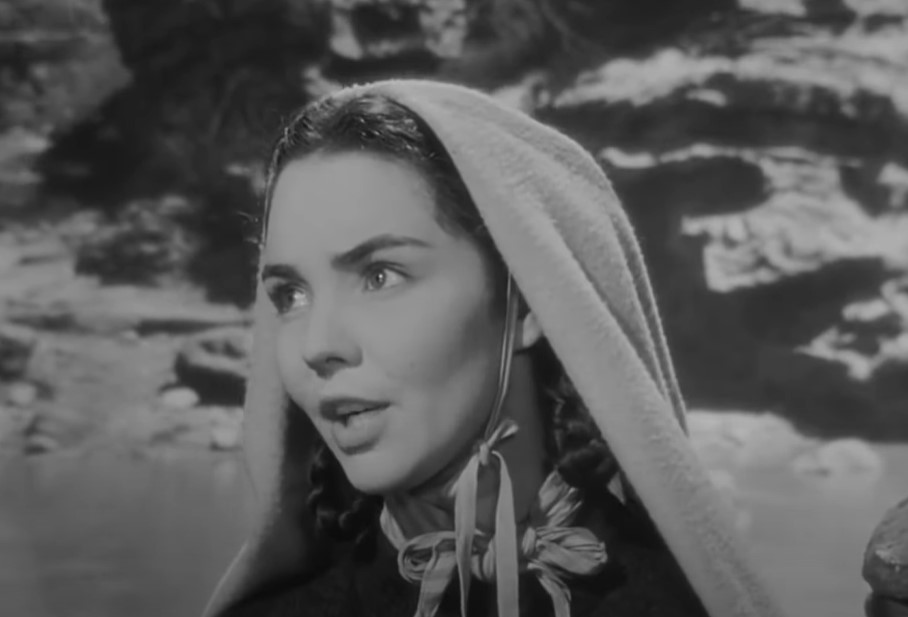 Twentieth Century, The Song of Bernadette (1943)
Twentieth Century, The Song of Bernadette (1943)
32. He Kept Her At Home
Jones was likely over the moon at having a starring role in a big Hollywood picture. Now, after all her hard work, it was time to take her place on the red carpet at the premiere. Well, that didn’t happen. Selznick was still convinced that Jones should be a mystery before people saw the film. To do this, he banned Jones from her own premiere.
Jones must have felt claustrophobic under Selznick’s watchful eye. Well, she was about to reap her rewards big time.
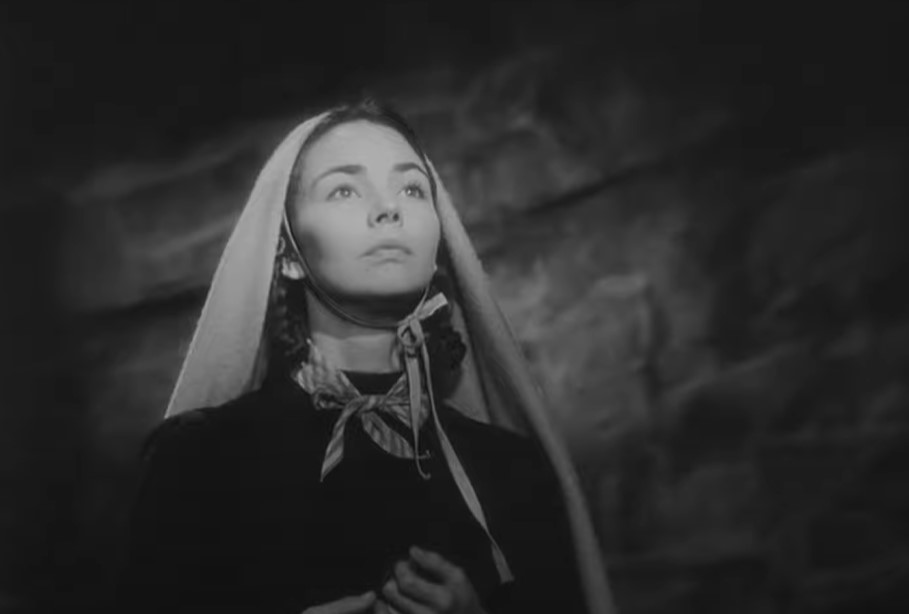 Twentieth Century, The Song of Bernadette (1943)
Twentieth Century, The Song of Bernadette (1943)
33. He Should’ve Been Happy
As it turned out, Selznick knew what he was doing. When awards season came around, Jones found out that she had nominations from both the Academy and the Golden Globes for Best Actress. Selznick had been at the helm of this entire journey for Jones and together they’d gotten the ultimate prize.
Selznick’s response to the news of the nominations was absolutely bizarre.
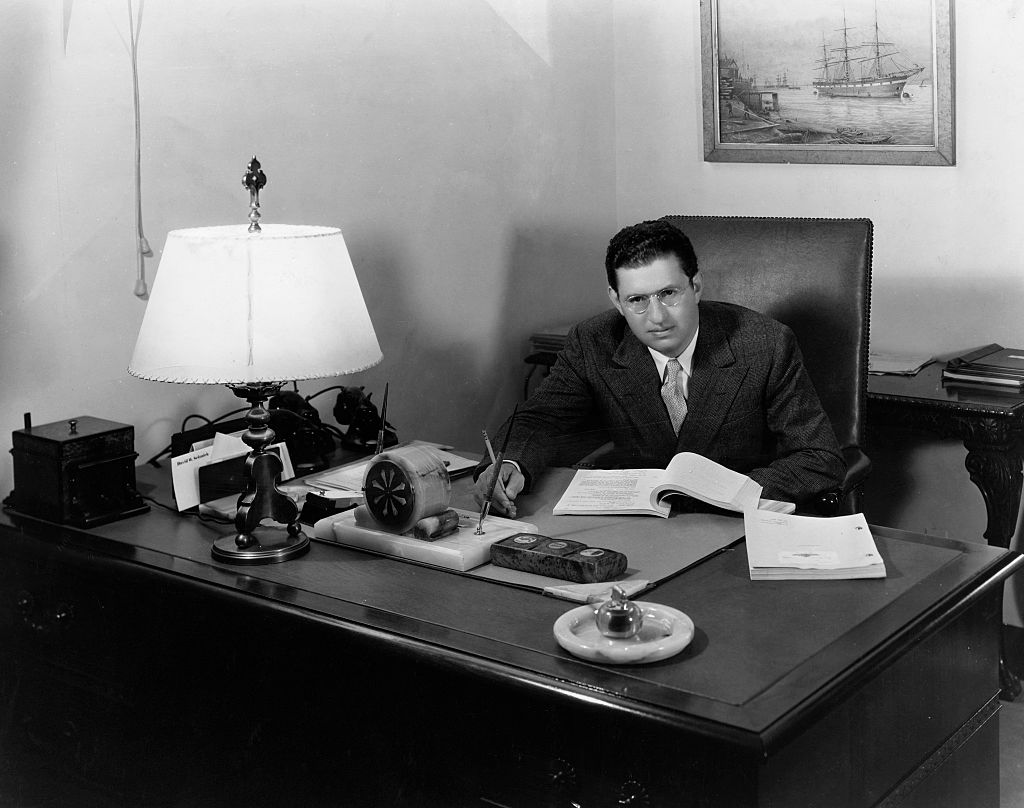 John Springer Collection, Getty Images
John Springer Collection, Getty Images
34. He Showed No Support
When he learned that his protegee had earned an Academy Award nomination for Best Actress, Selznick did something unhinged. He told Jones that he hoped she didn't win! To put salt in the wound, he told her that he was rooting Ingrid Bergman, who he also had a contract with. Jones must have been completely mortified.
But in truth, it was even messed up than it appeared.
35. It Was A Double Betrayal
At this time Selznick was still married to Irene Mayer and, of course, Jones had her actor husband and two children. The truth was that Selznick and Jones had begun an affair. So when Selznick told Jones he wasn’t behind her to take home the Oscar, it must have felt like a double betrayal. He was her mentor and her lover, and he'd chosen someone else.
Well, the ceremony was fast approaching and we’d soon find out who got the last laugh.
 20th Century Fox, Wikimedia Commons
20th Century Fox, Wikimedia Commons
36. He Needed Forgiveness
That year the Academy Awards fell on Jones’ birthday, and it must have been a sign. Jones beat out Bergman and took the trophy home. Selznick had backed the wrong star and was eating his words. But the real question was whether Jones could forgive Selznick for not getting behind her.
What happened next told Selznick exactly how Jones felt.
37. He Wouldn’t Let Go
While Jones was accepting her Academy Award, her husband was at home drinking and listening to the ceremony on the radio. When the couple woke up the next day, Jones told her husband their marriage was over. Jones had chosen Selznick, but there was just one problem: He didn’t dump his wife.
Instead Selznick dealt Jones a nasty shock.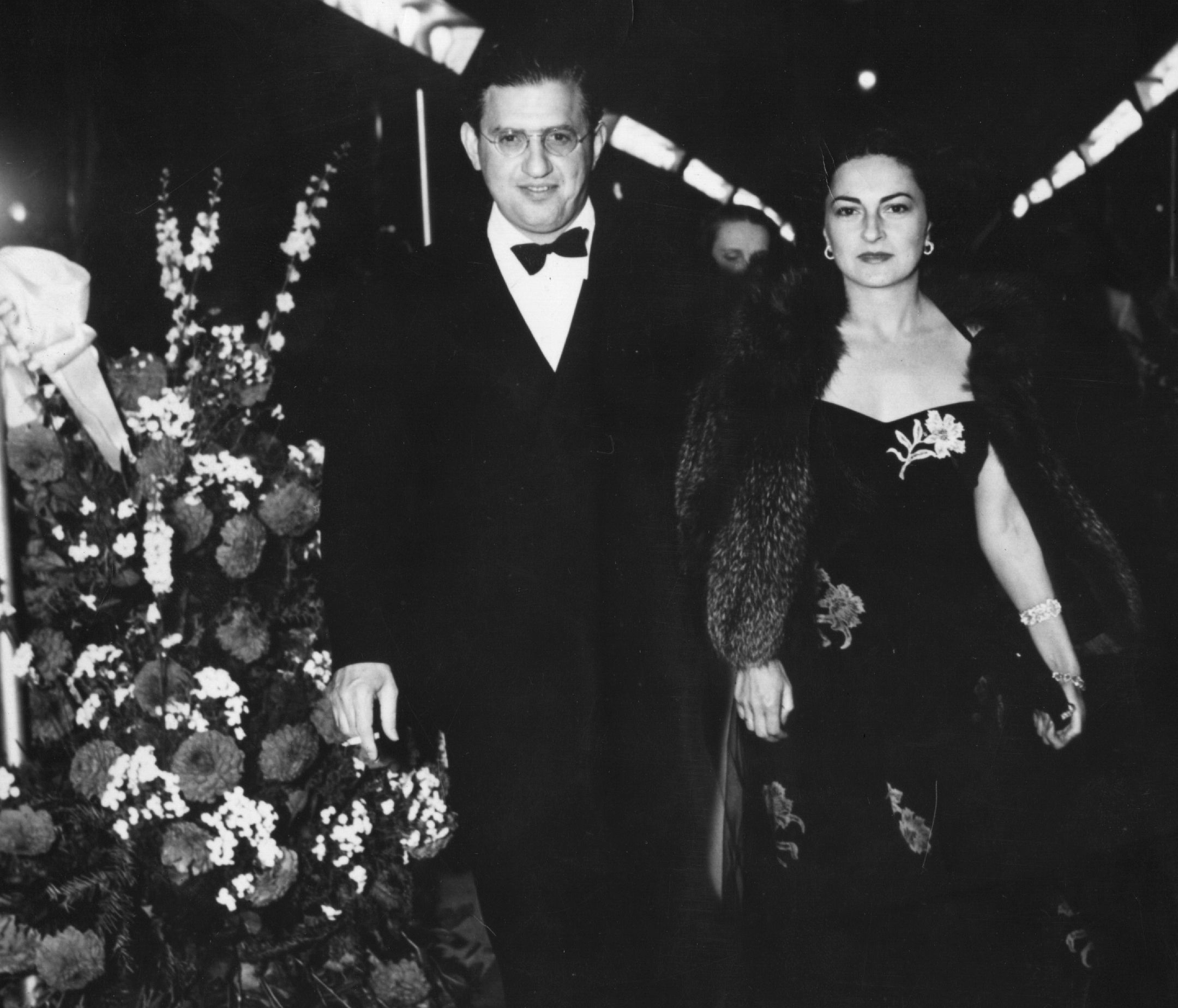 Hulton Archive, Getty Images
Hulton Archive, Getty Images
38. He Played A Dangerous Game
After her Oscar win, a lot was riding on Jones’ next film. This was another Selznick project called Since You Went Away. It’s not clear what Selznick was thinking, but somehow Jones’ love interest in this film ended up being her recently estranged husband. She was going to be acting opposite the man she’d dumped, in a film produced by the man she’d dumped him for.
Selznick had put Jones into the most awkward situation imaginable. And then he made it worse.
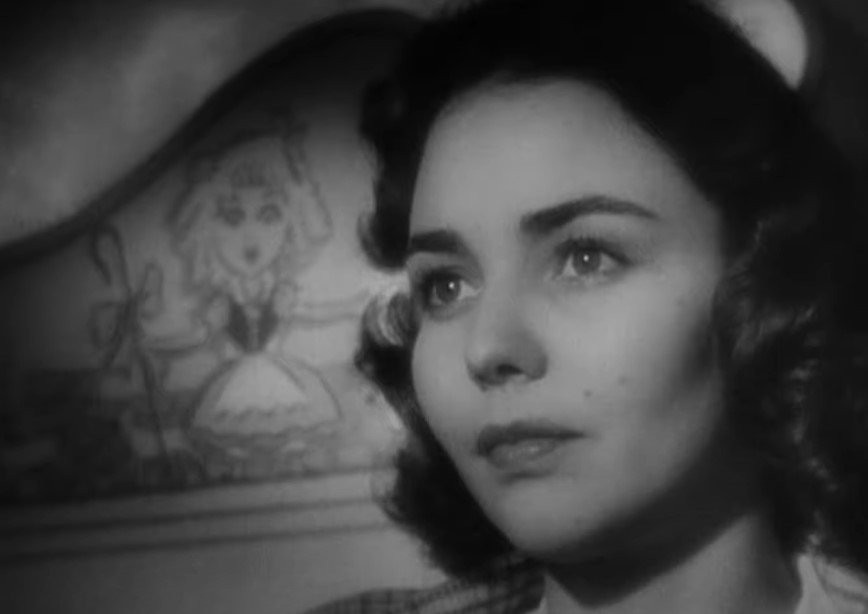 Selznick International Pictures, Since You Went Away (1944)
Selznick International Pictures, Since You Went Away (1944)
39. He Made Them Do It Again
Imagine being Jennifer Jones and heading to the movie set to do scenes with the man you had just unceremoniously dumped. Well, Selznick seemed intent on making this situation as difficult as possible. According to Walker, Selznick demanded that Jones and he do retake after retake of their love scenes together.
Clearly Selznick’s control of Jones was only getting worse. But, as it turned out, he wasn’t the only “crazy” in this duo.
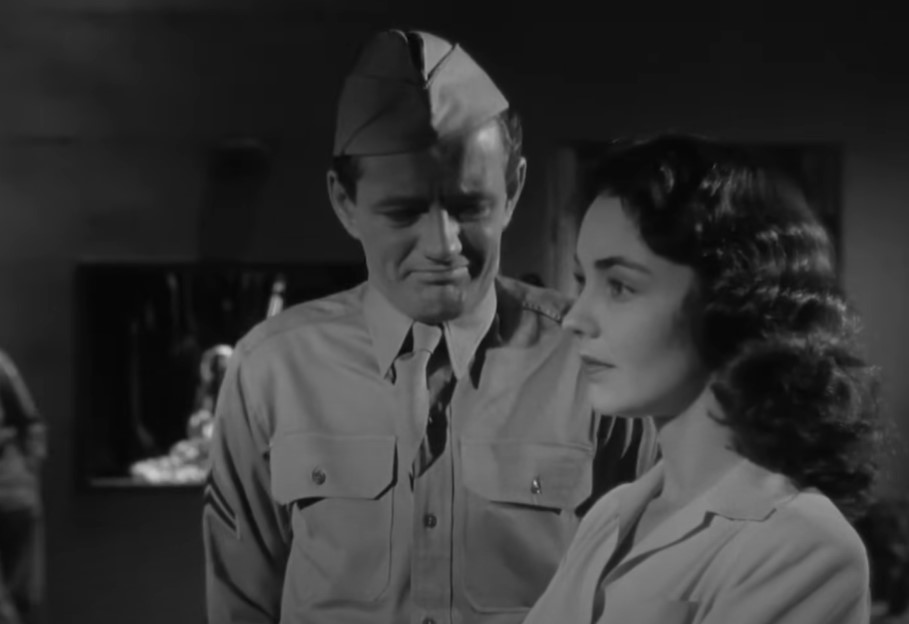 Selznick International Pictures, Since You Went Away (1944)
Selznick International Pictures, Since You Went Away (1944)
40. He Had His Hands Full
Yes it seems like Selznick was toying with Jones at every turn, but the truth was, she was quite the handful herself. She’d picked up a Best Supporting Actress statue for Since You Went Away, and so her star power was soaring. The thing was, all of the attention went straight to her head.
It was up to Selznick to keep her grounded. Apparently, this was pretty much a full time job.
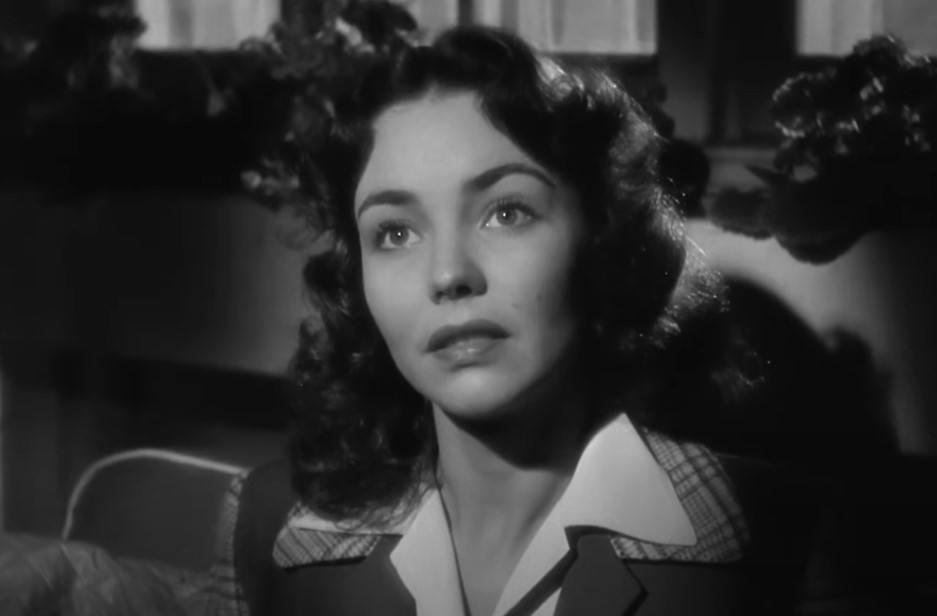 Selznick International Pictures, Since You Went Away (1944)
Selznick International Pictures, Since You Went Away (1944)
41. He Worked Out A Routine
Selznick needed Jones to do publicity for the movies, but Jones seemed intent on doing everything to avoid it. Sometimes when Selznick had a publicist call Jones, she would answer the phone and say she was a maid. Selznick finally worked out a solution. He promised her only three interviews a day, and he separated them with mouthfuls of martini to calm her nerves.
Selznick obviously had his hands full with Jones. To make matters worse, his own marriage was in a very rocky place.
42. He Had Two Strikes
It was looking like Selznick’s wife would soon be walking out the door. You see, he had two very big strikes against him. There was his obvious affair with Jones, but there was also his severe gambling addiction that infuriated her. Apparently, Selznick had lost over $300,000 in just one year. If Selznick wanted to marry Jones, you’d think he’d happily see his wife leave him.
As it turned out, things were a lot more complicated than that.
43. It Was A Lose Lose Situation
The truth was that Selznick was afraid to marry the unstable Jones. His thoughts went something like this. If he stayed married to Irene, he could be with Jones without marrying her. Also, breaking it off with Jones was not an option as she couldn’t handle it emotionally. Selznick was between a rock and a hard place, and he decided to resolve the tension by diving into his next film.
Selznick’s life was on high stress alert, and making Duel in the Sun was about to make it much, much wor
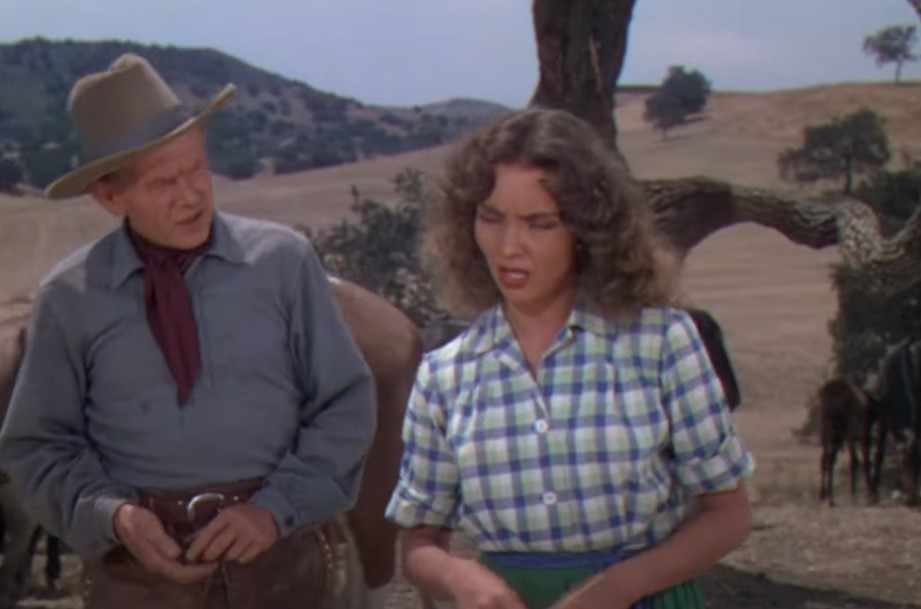 Selznick International Pictures, Duel in the Sun (1946)
Selznick International Pictures, Duel in the Sun (1946)
44. It Was The Worst Time
Amid all the tension in his life, Selznick embarked on a film that would be just as grueling as Gone with the Wind. To make it even more difficult, he cast Jones in a part that she was clearly unsuited for. She was hopelessly camera shy, and here she was playing an over the top lusty temptress.
Sounds like it was a stressful time. So what did Selznick do? He made everything 10 times worse.
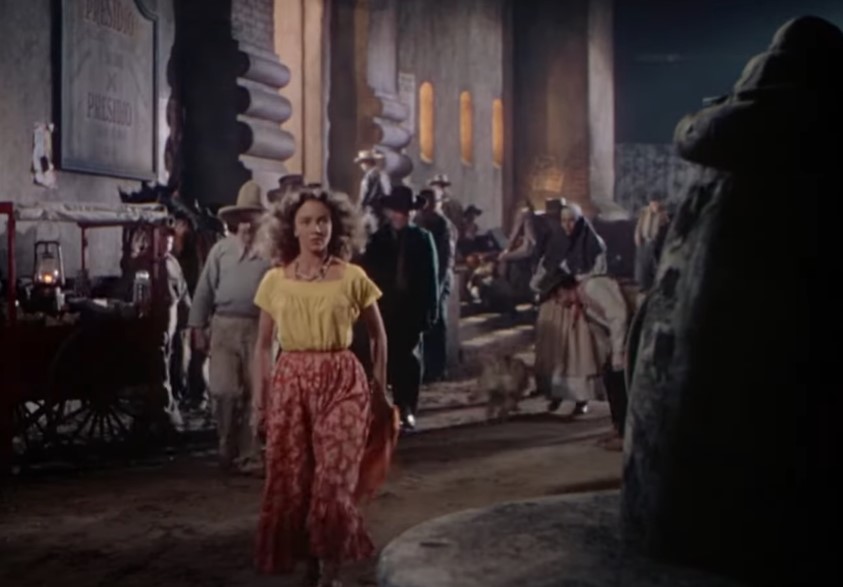 Selznick International Pictures, Duel in the Sun (1946)
Selznick International Pictures, Duel in the Sun (1946)
45. He Behavior Was Volatile
Selznick started taking speed, and it made his already-erratic behavior even worse. One minute he was wildly shouting out for revisions of the script, the next he was demanding reshoots. His unstable behavior got so bad that both the director and the composer quit the production.
Just when things couldn’t get any crazier, Selznick got hit with an unexpected complication that no one saw coming.
46. He Was Way Over
On April 18, 1946 production on Duel in the Sun ground to a halt. The film wasn't close to finished, but a Hollywood union strike had begun. The strike pushed production back 75 days, but that was nothing compared to its effect on the budget. It had ballooned from $1 million to $6 million.
The need to get audiences into theaters was now absolutely vital, but there was a huge curveball coming Selznick's way.
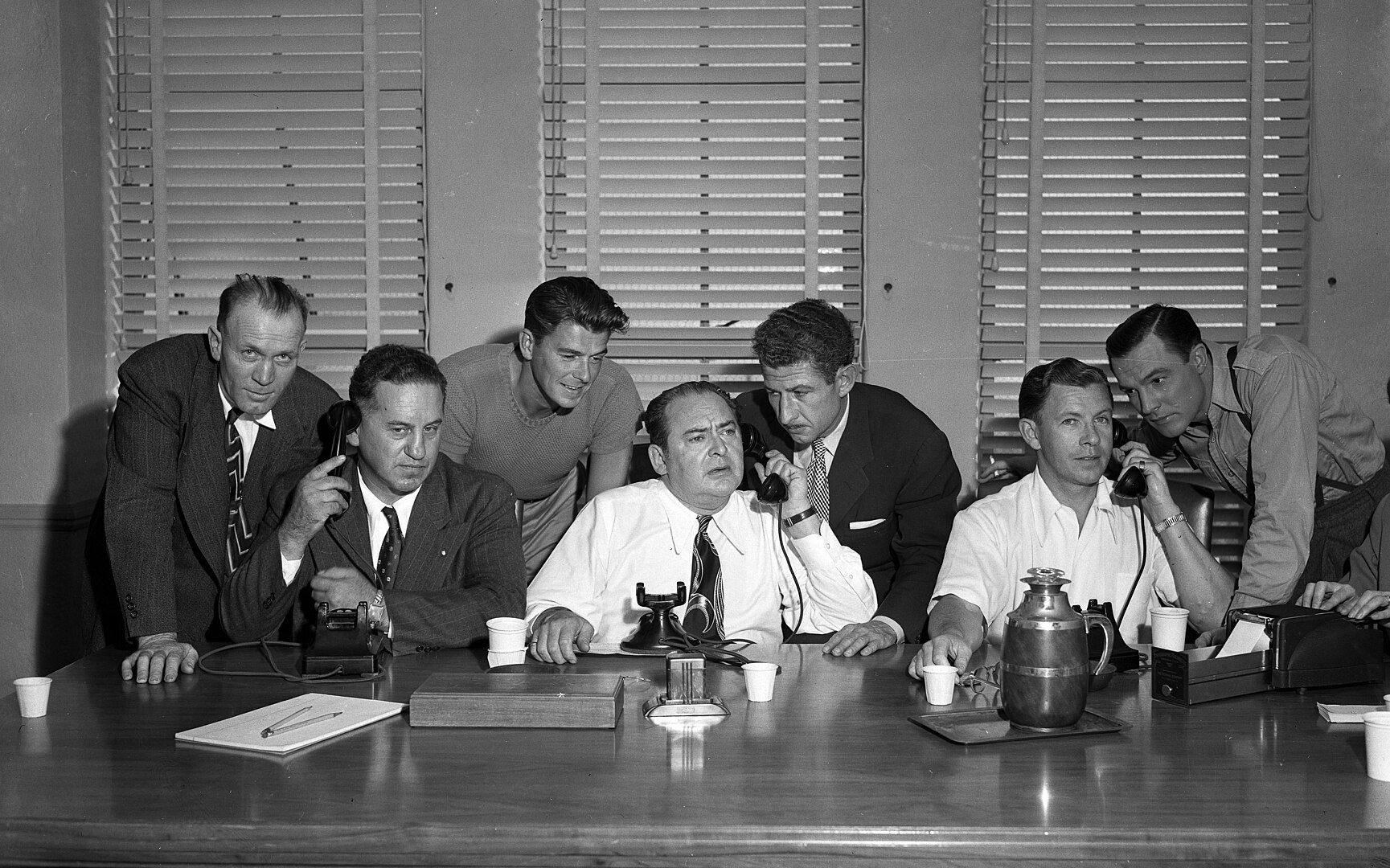 Los Angeles Times, CC BY 4.0, Wikimedia Commons
Los Angeles Times, CC BY 4.0, Wikimedia Commons
47. He Made Something Immoral
Everyone around Hollywood was aware that the story of A Duel in the Sun was pretty immoral. Word on the street said it was on the edge of being obscene, and people even started calling it “Lust in the Dust”. After some stressful back and forth with censors, Selznick finally had a finished picture.
Its success now lay in the hands of audiences and critics.
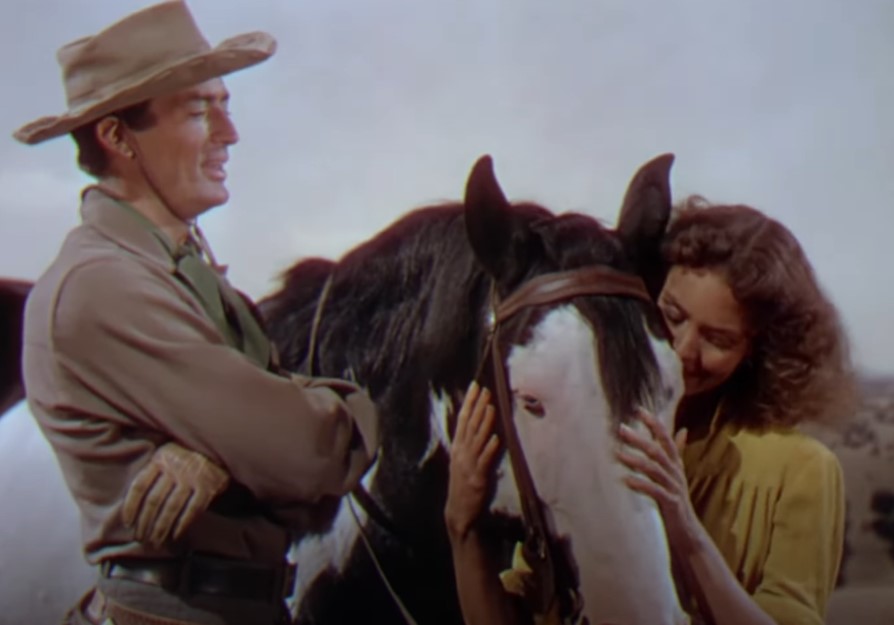 Selznick International Pictures, Duel in the Sun (1946)
Selznick International Pictures, Duel in the Sun (1946)
48. He Didn’t Get What He Wanted
The critical response to A Duel in the Sun was a dictionary definition of the word “mixed”. The Los Angeles Times called it “terrific” and the New York Times said it was “disappointing”. Okay, so let’s let the box office decide if Duel in the Sun was a success. Well, because of the ballooning budget and the excessive marketing campaign, the movie only broke even. For Selznick, it was a disaster.
Duel in the Sun was a devastating—and premature—end to Selznick’s illustrious career, but he still needed somewhere to focus his boundless energy...
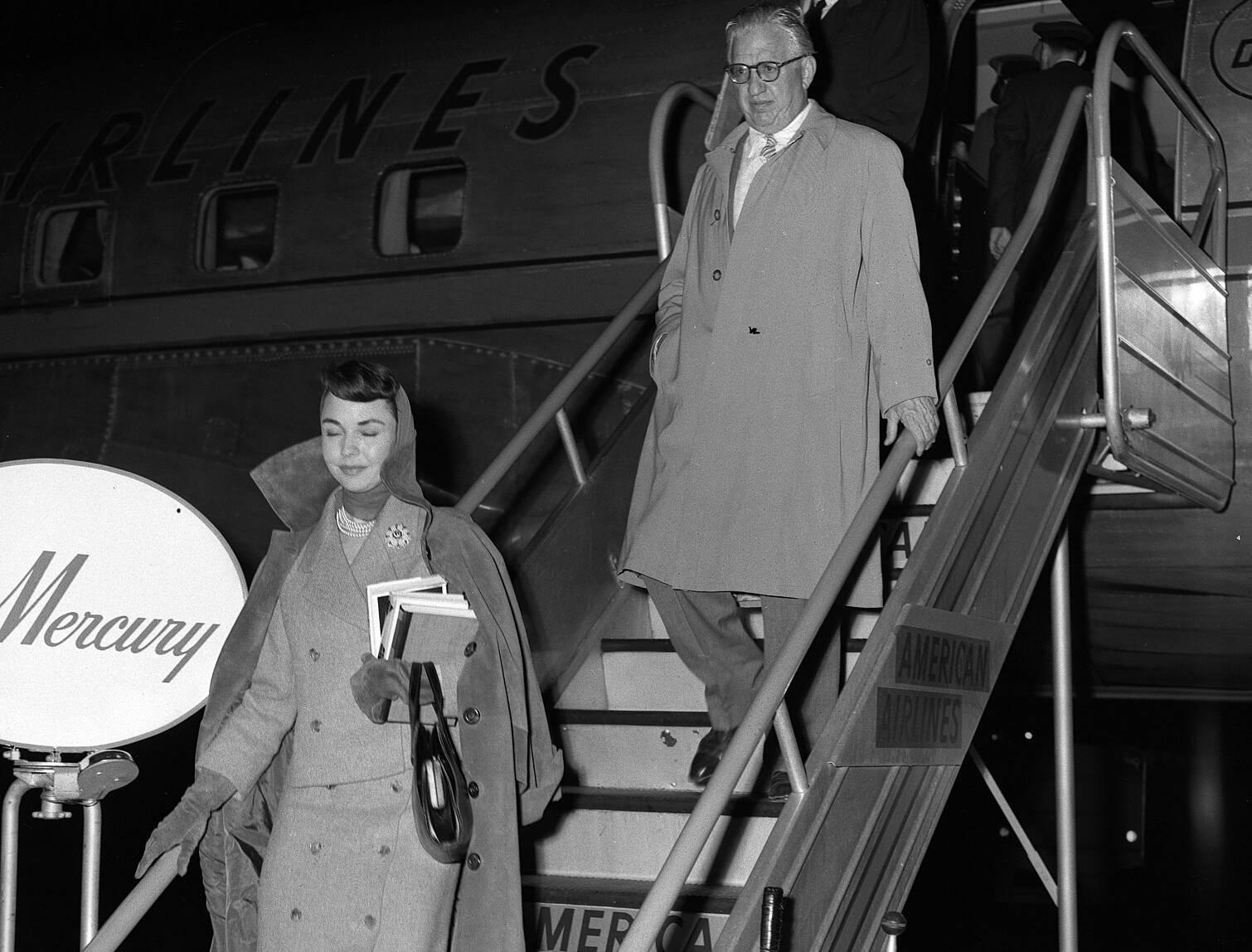 Los Angeles Times photographic archive, CC BY 4.0 , Wikimedia Commons
Los Angeles Times photographic archive, CC BY 4.0 , Wikimedia Commons
49. He Stayed With Her
The next few years saw Selznick putting his focus on Jones. He managed her career and then finally, after his own wife left him, married her. The two stayed together for the remainder of his life, which—after a number of heart attacks—ended on June 22, 1965. He joined his brother Myron in the family crypt at Forest Lawn Memorial Park Cemetery.
But this wasn’t the last we’d hear about Selznick. His name would later emerge in a very unflattering light.
 Arthur Dark, CC BY-SA 4.0, Wikimedia Commons
Arthur Dark, CC BY-SA 4.0, Wikimedia Commons
50. He Made An Implication
Throughout his life, rumors were out there about Selznick’s shameful treatment of women. Somehow, Selznick always managed to keep any details out of the media. Well, that soon changed. In 1988, Shirley Temple wrote in her autobiography that at the age of 17, Selznick implied she would have to sleep with him to get a job.
It would just be creepy if he stopped there. He did NOT stop there.
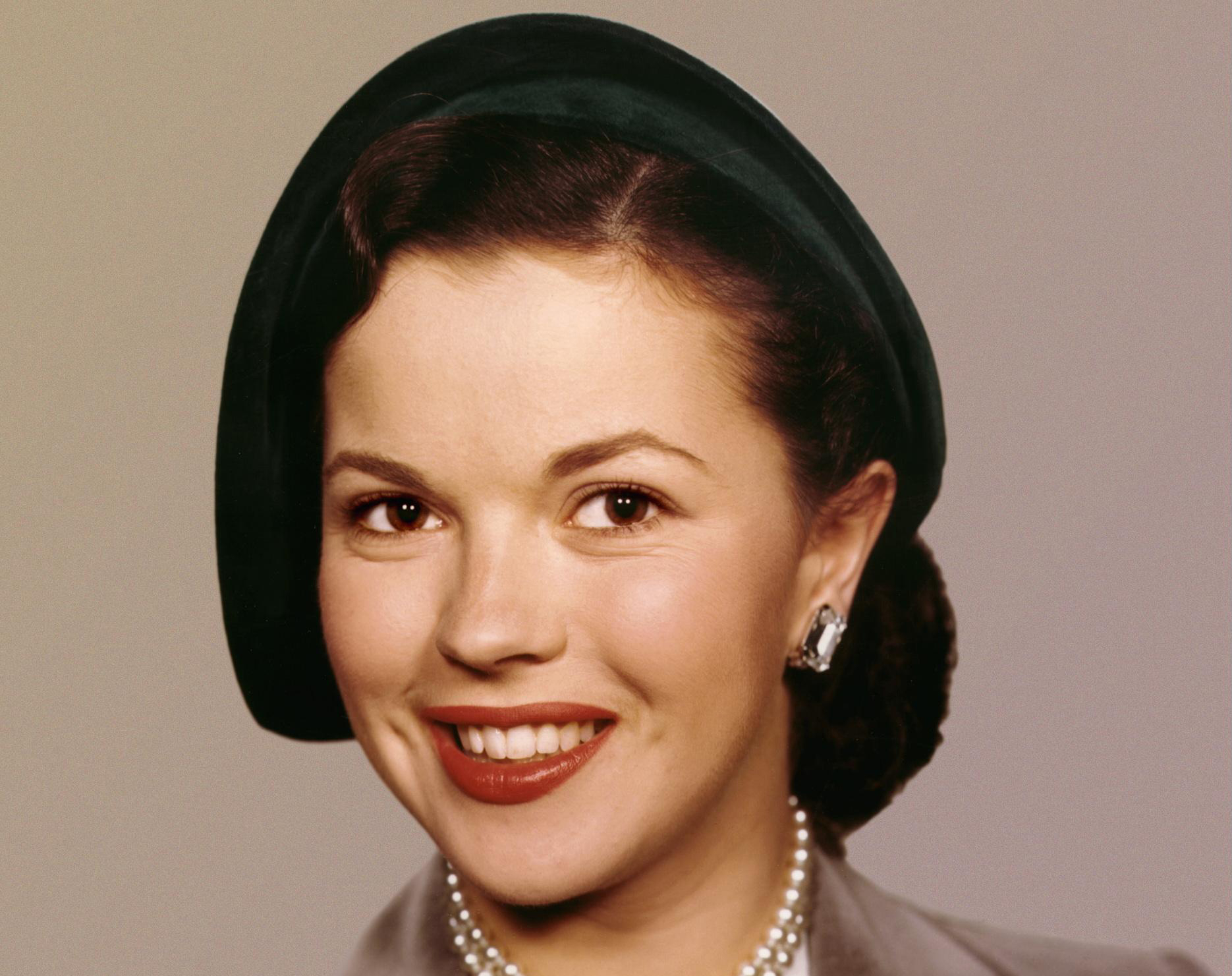 Unknown Author, Wikimedia Commons
Unknown Author, Wikimedia Commons
51. He Locked Her In
Selznick didn't just imply, he walked around his desk to Temple and grabbed a hold of her. She wrenched her hand free and turned around—and that's when she made a chilling discovery: The office door swinging shut. It turns out, Selznick had a switch installed in his desk for moments just like this.
Selznick proceeded to chase the teenaged Temple around his office. Luckily, his overweight bulk couldn't catch a dancer like Temple.

